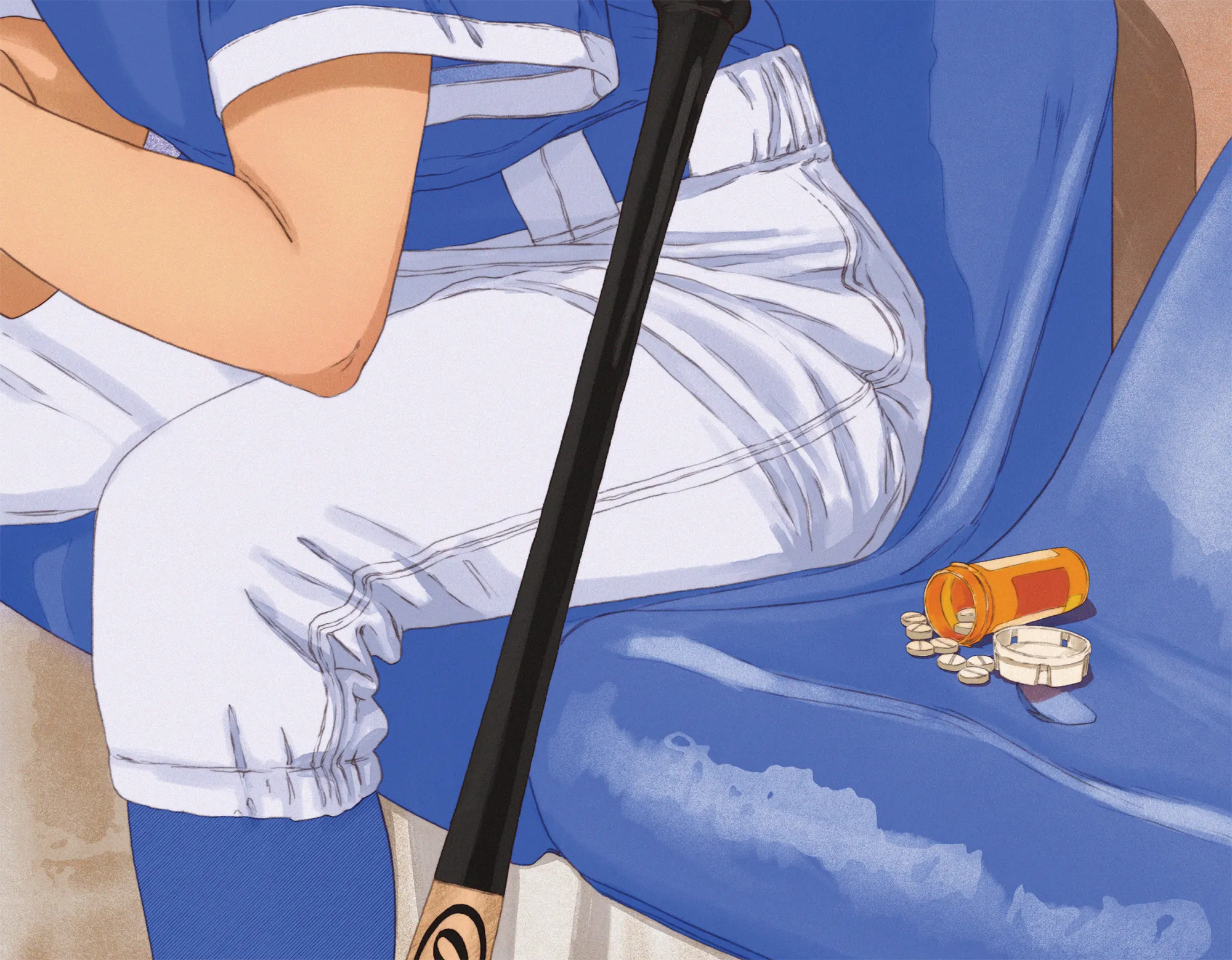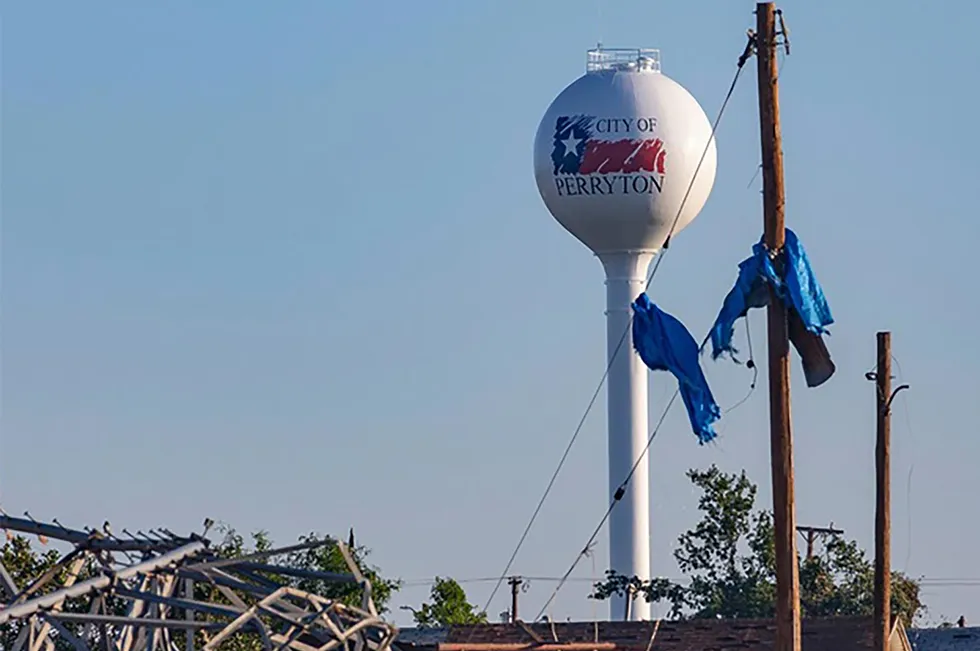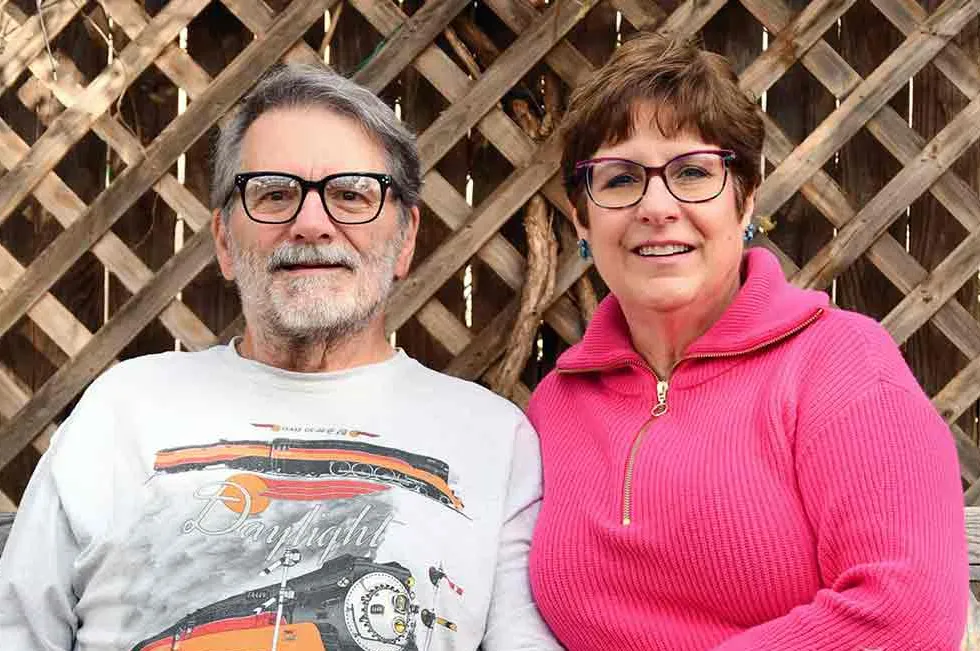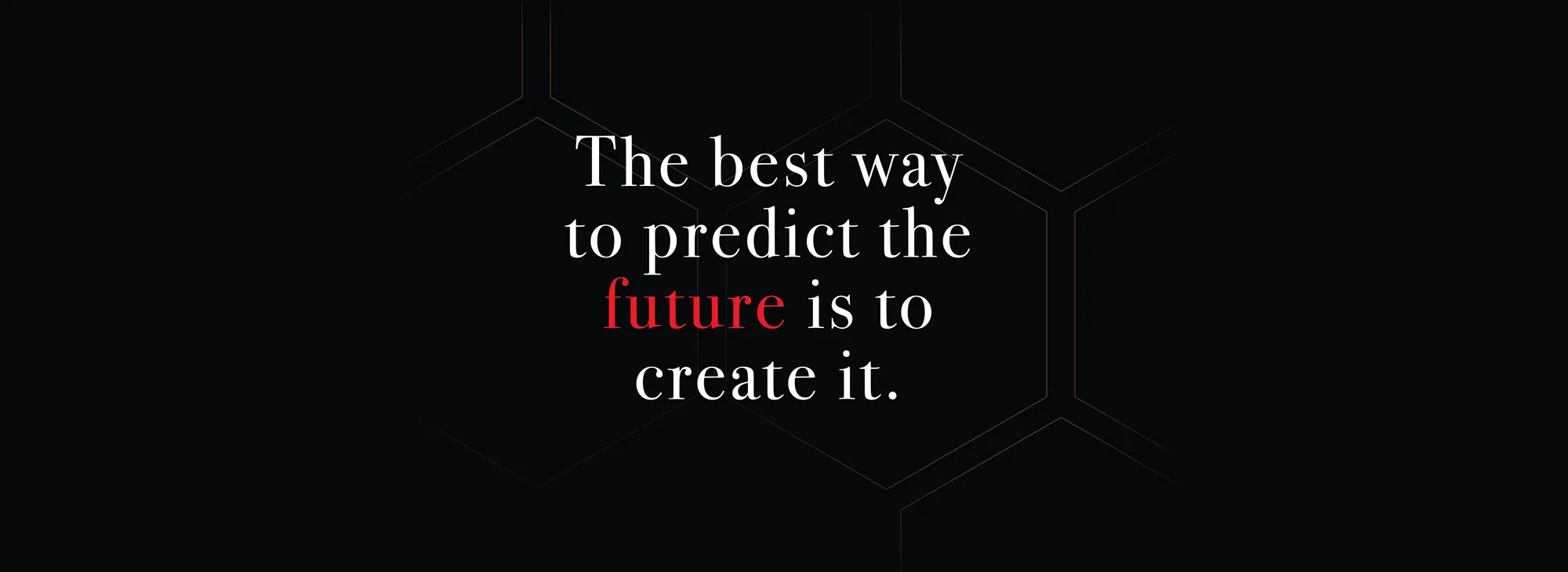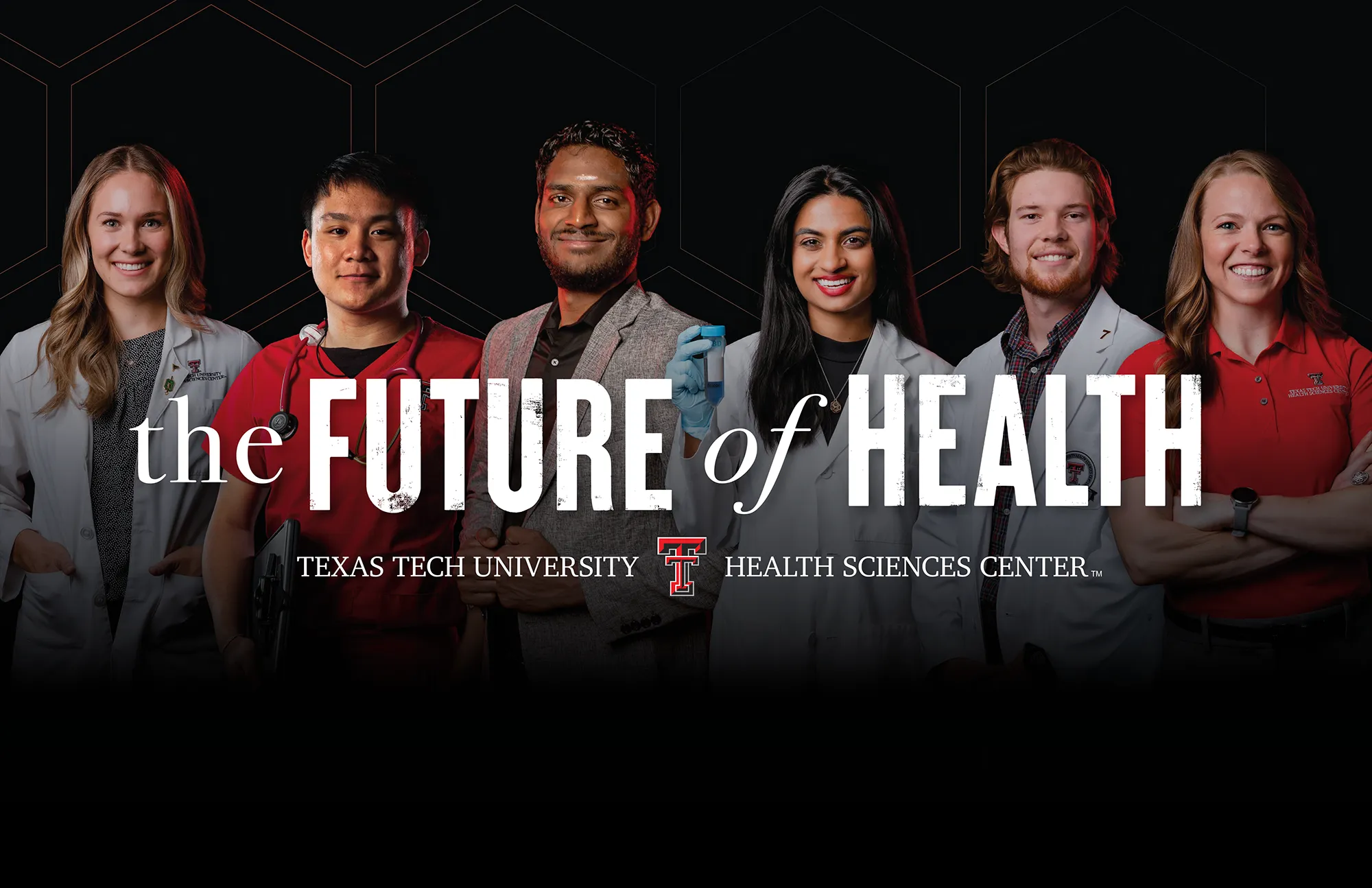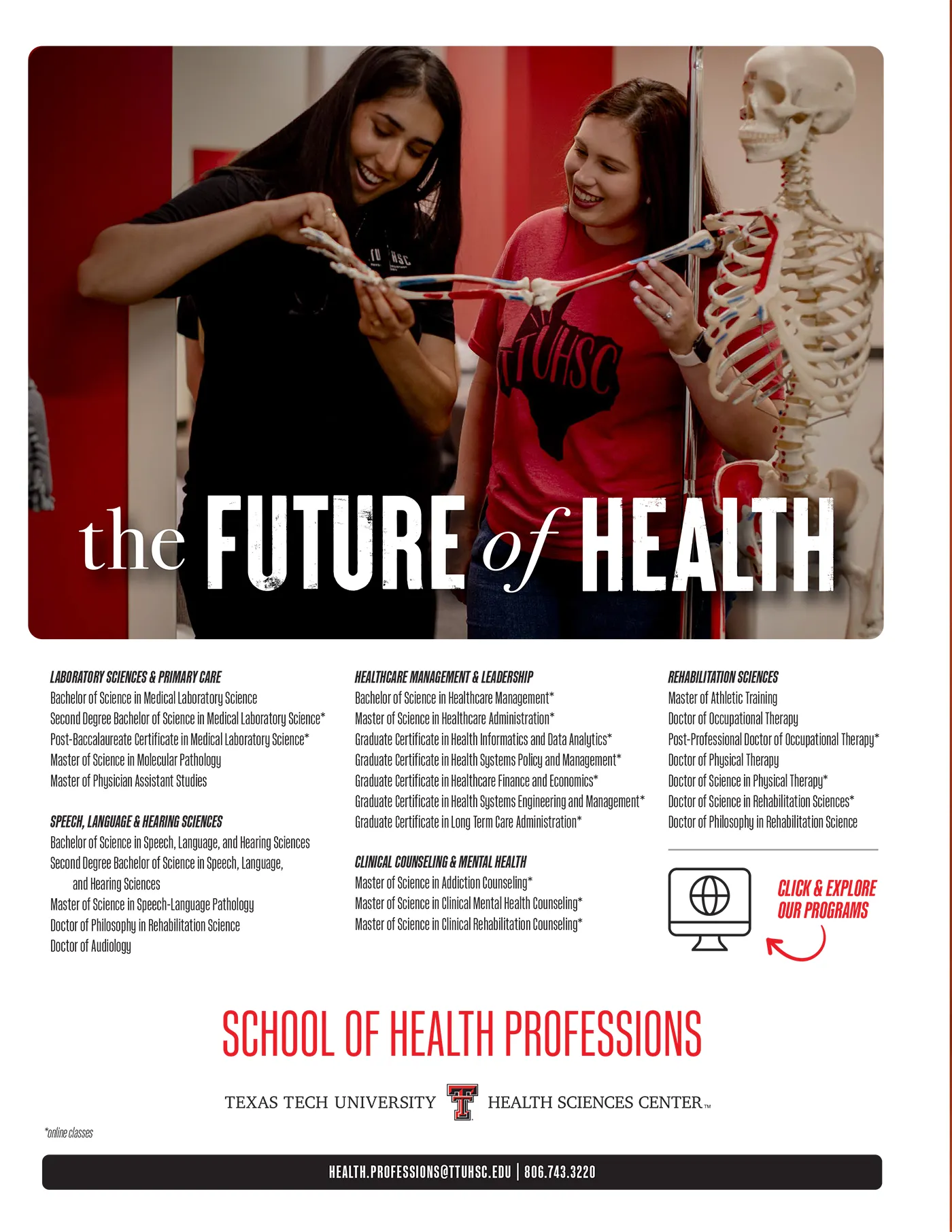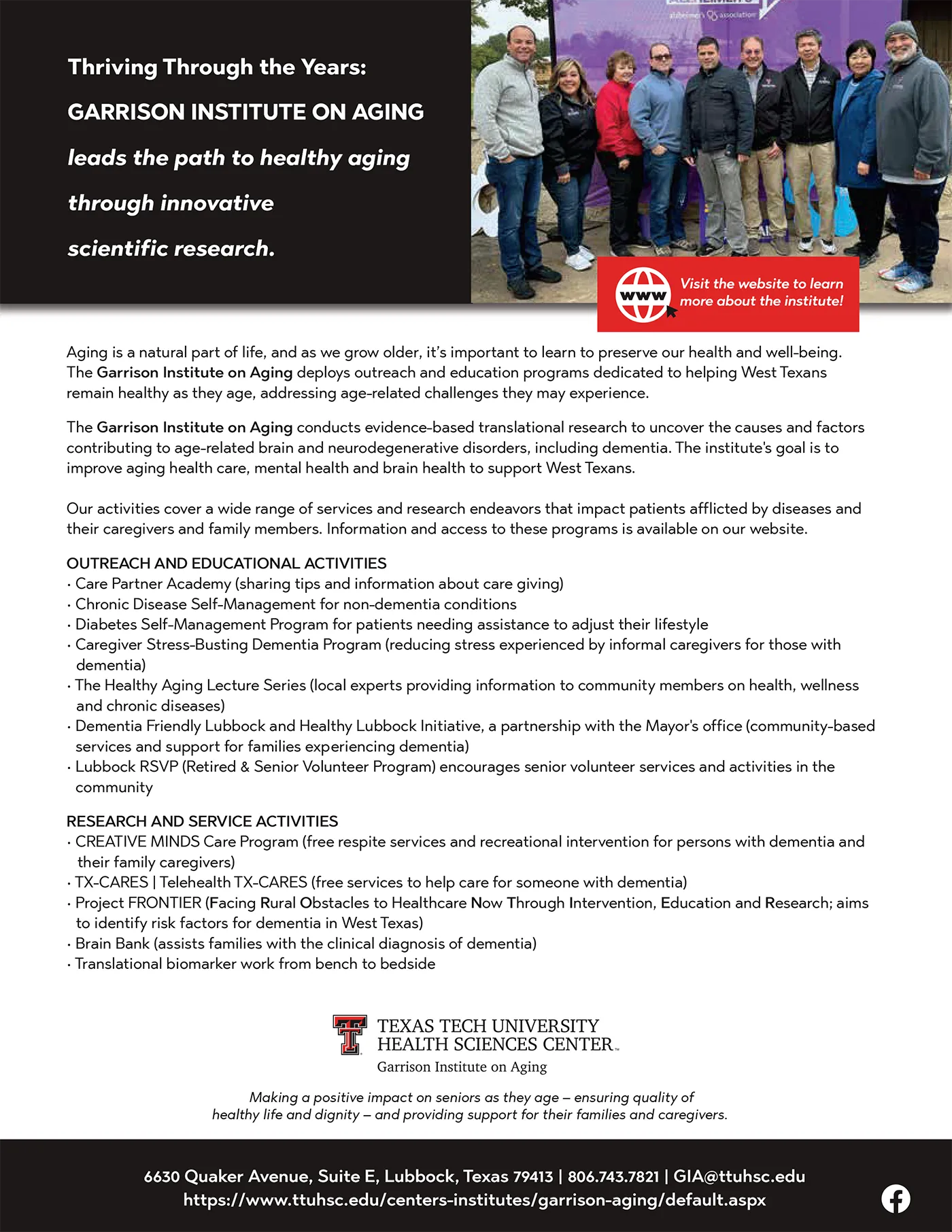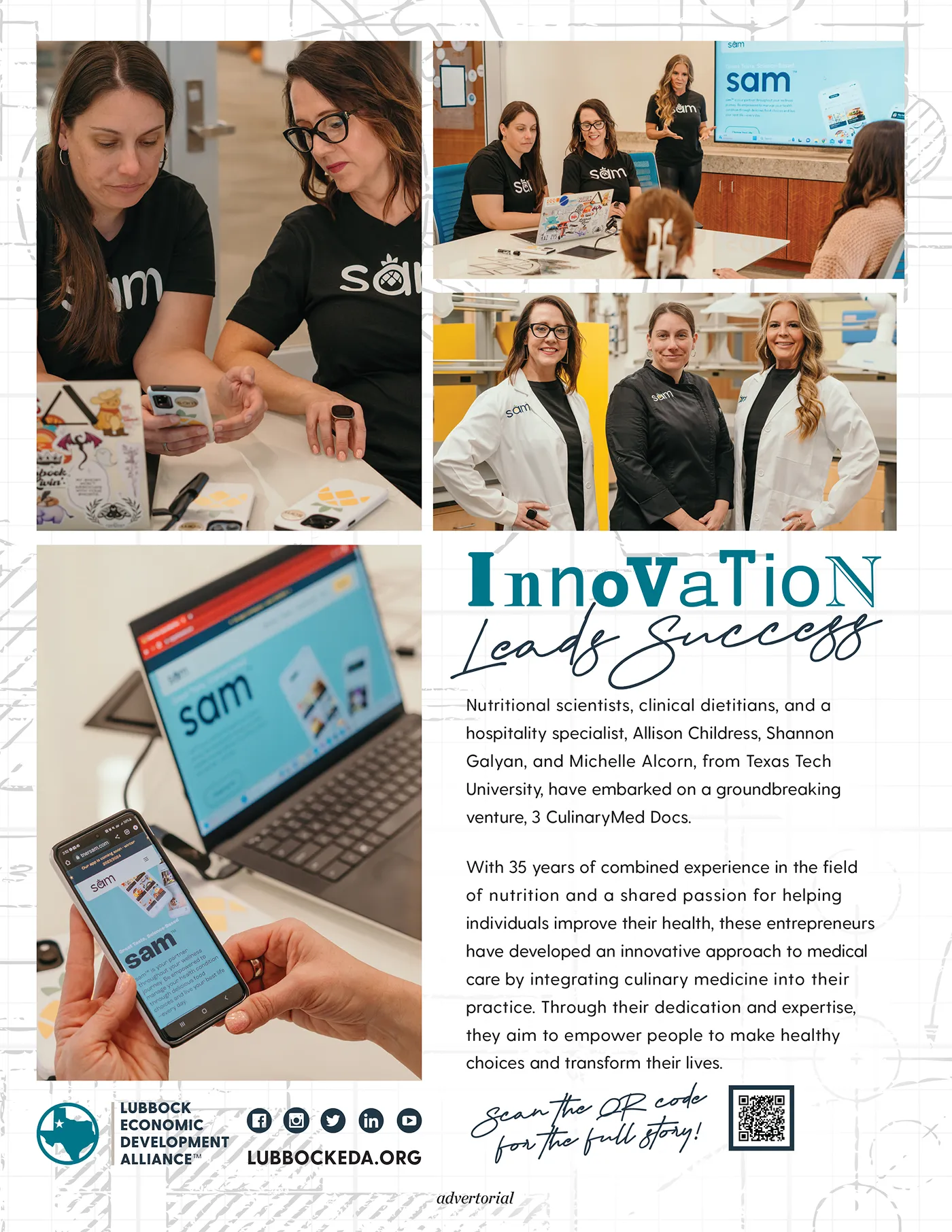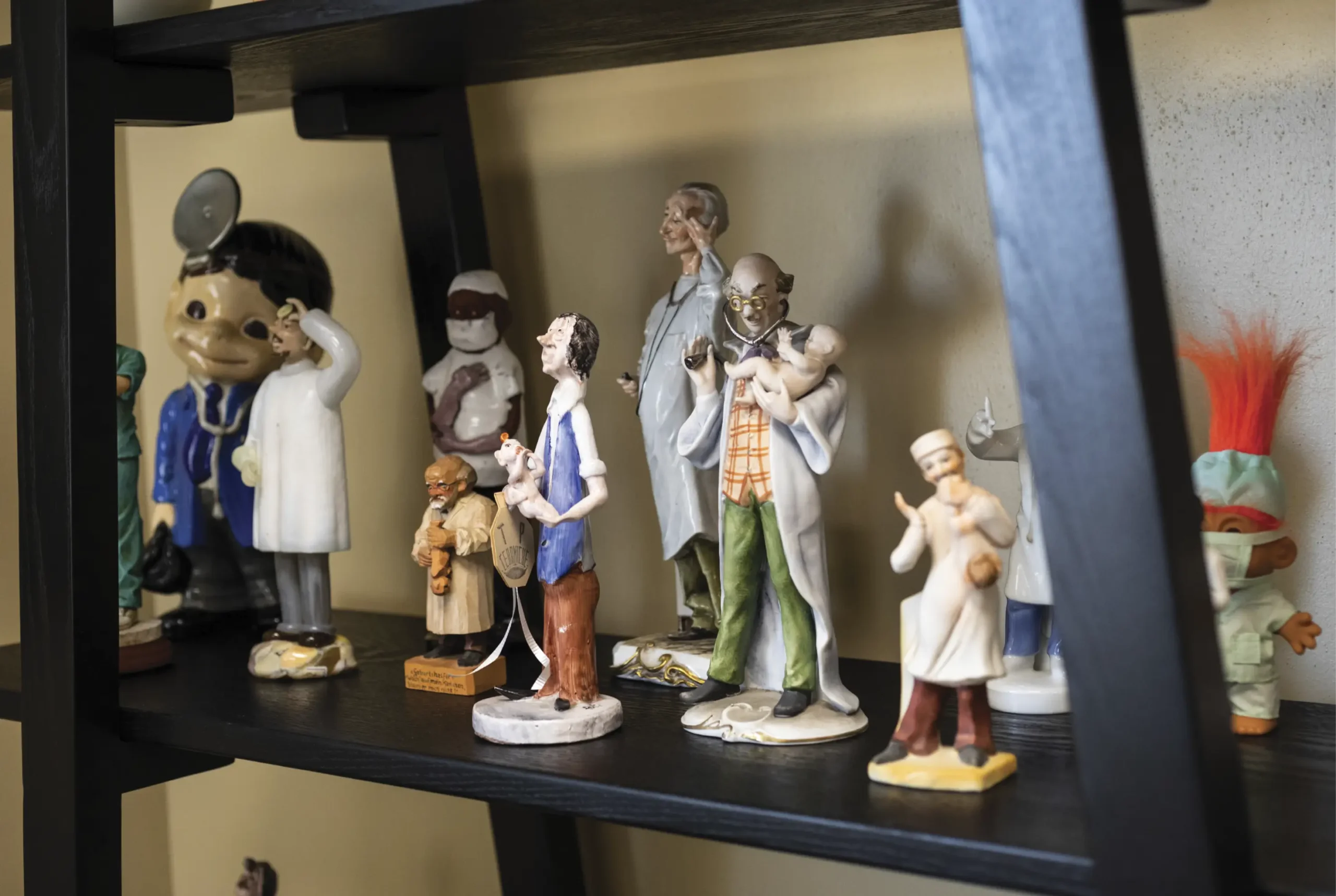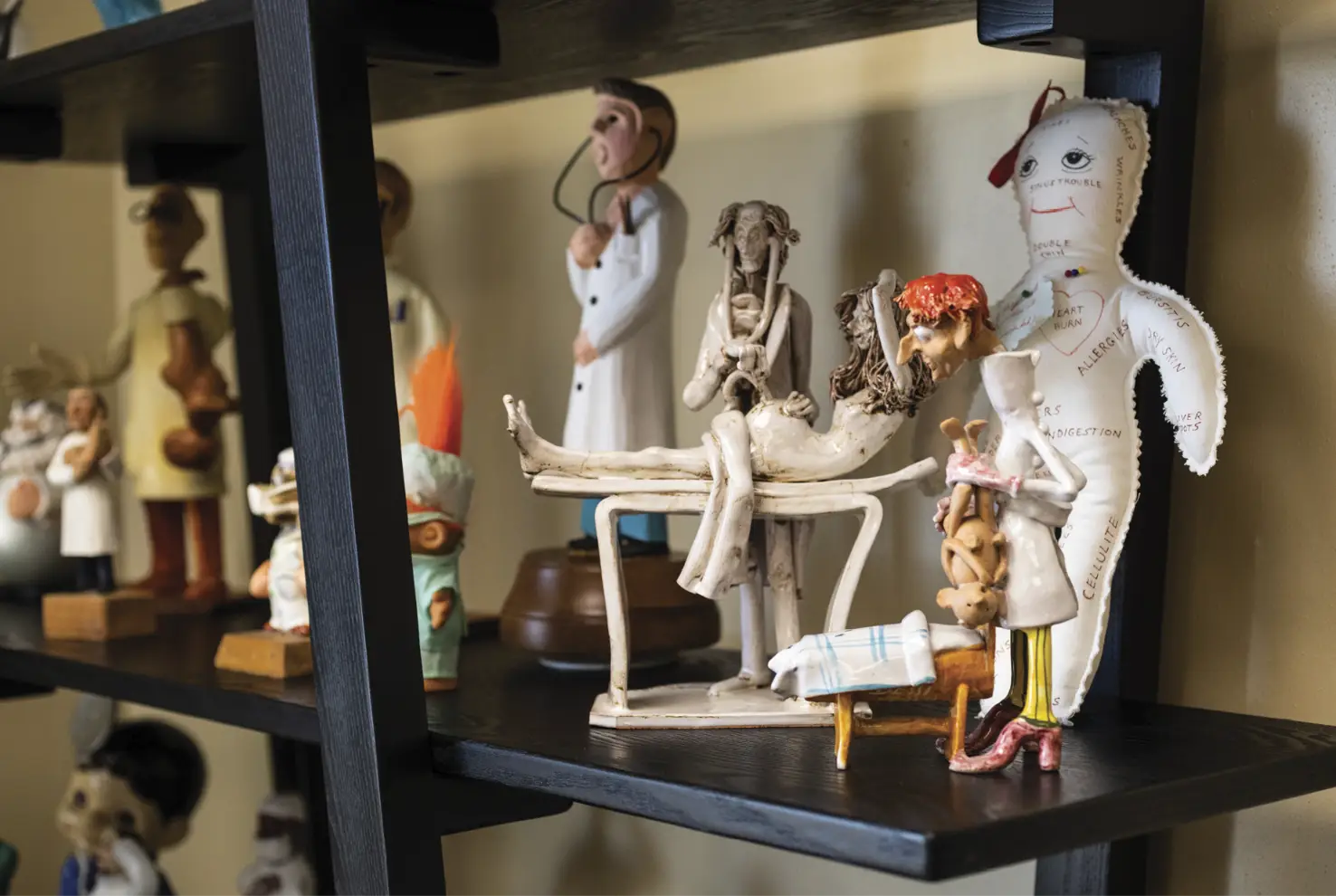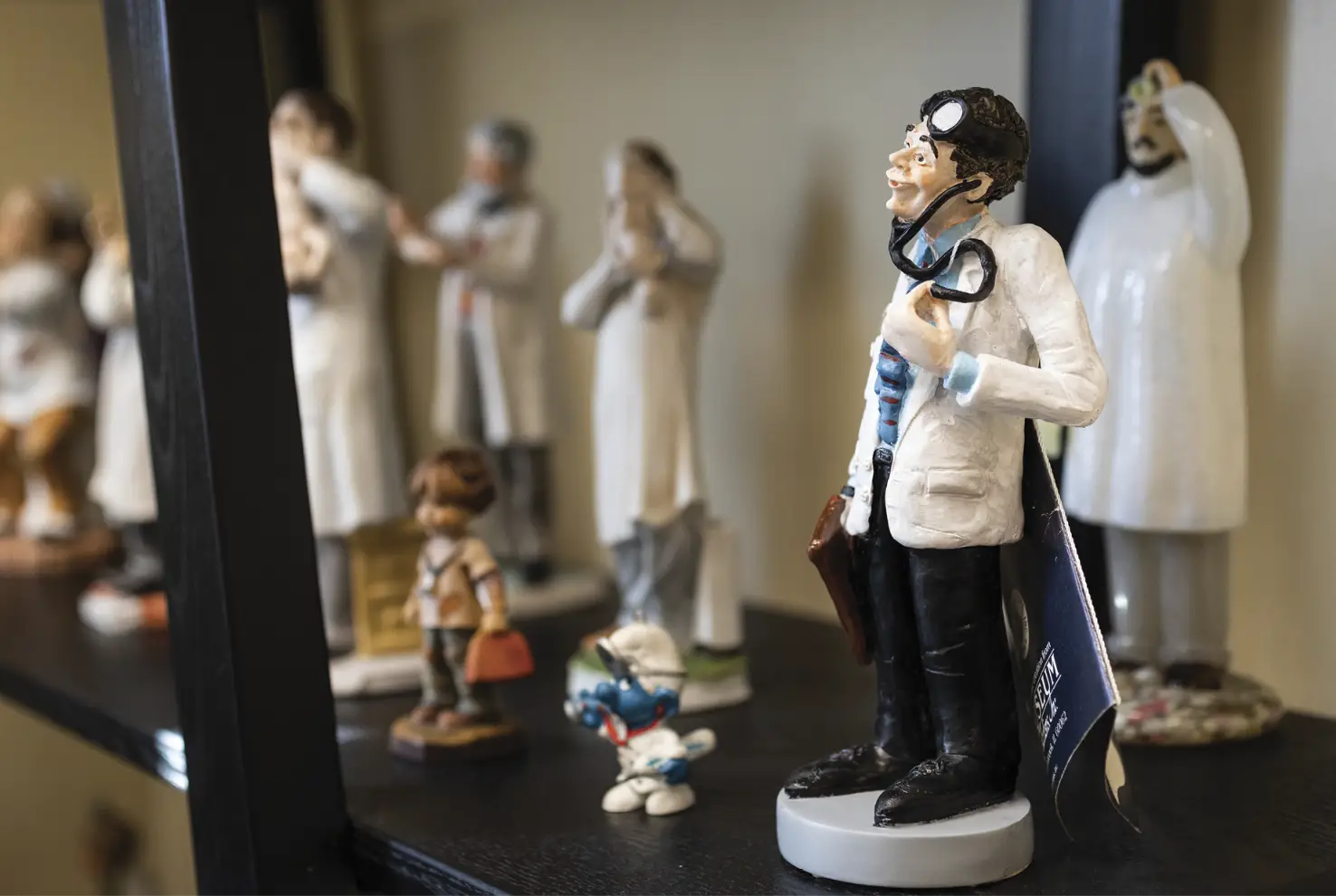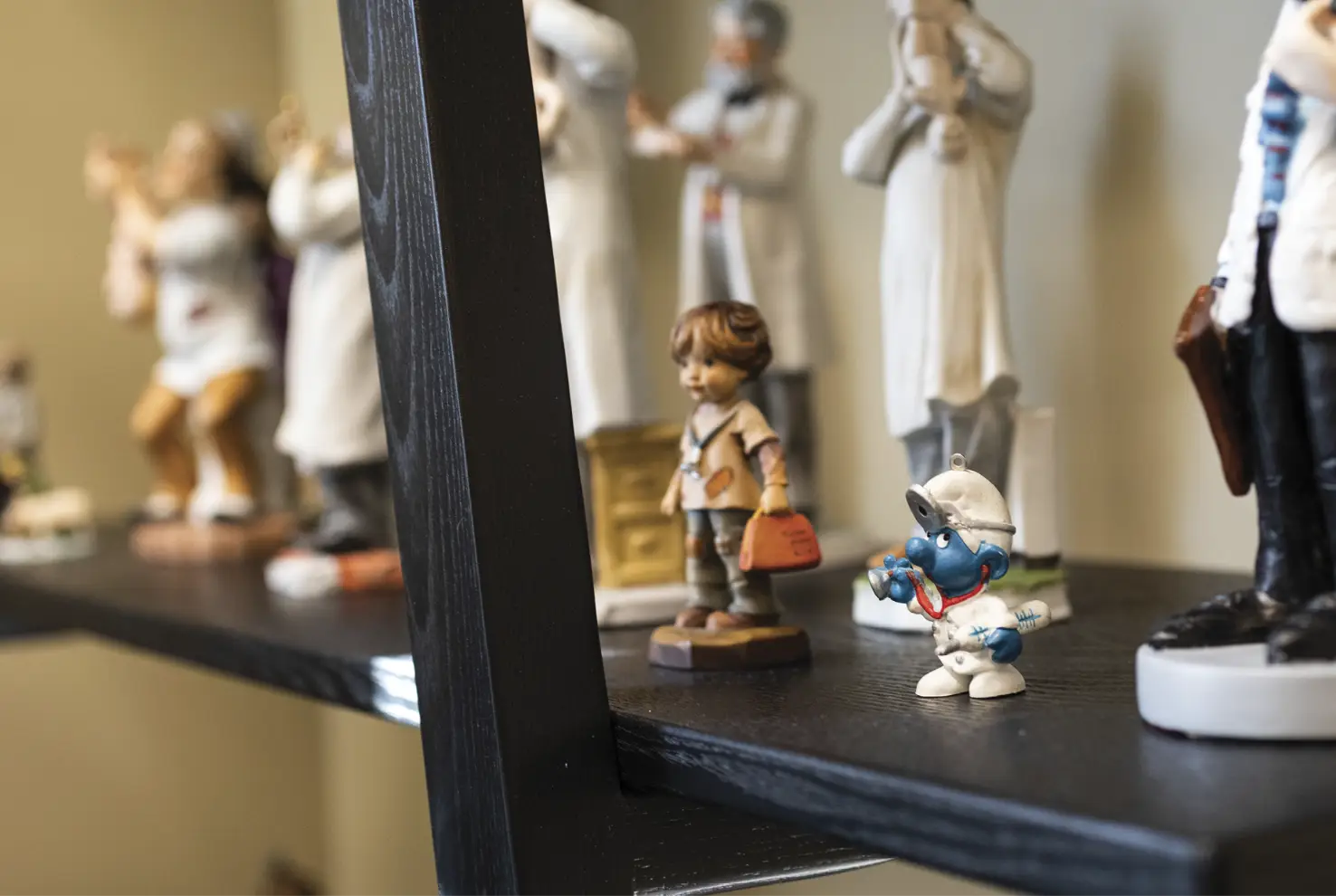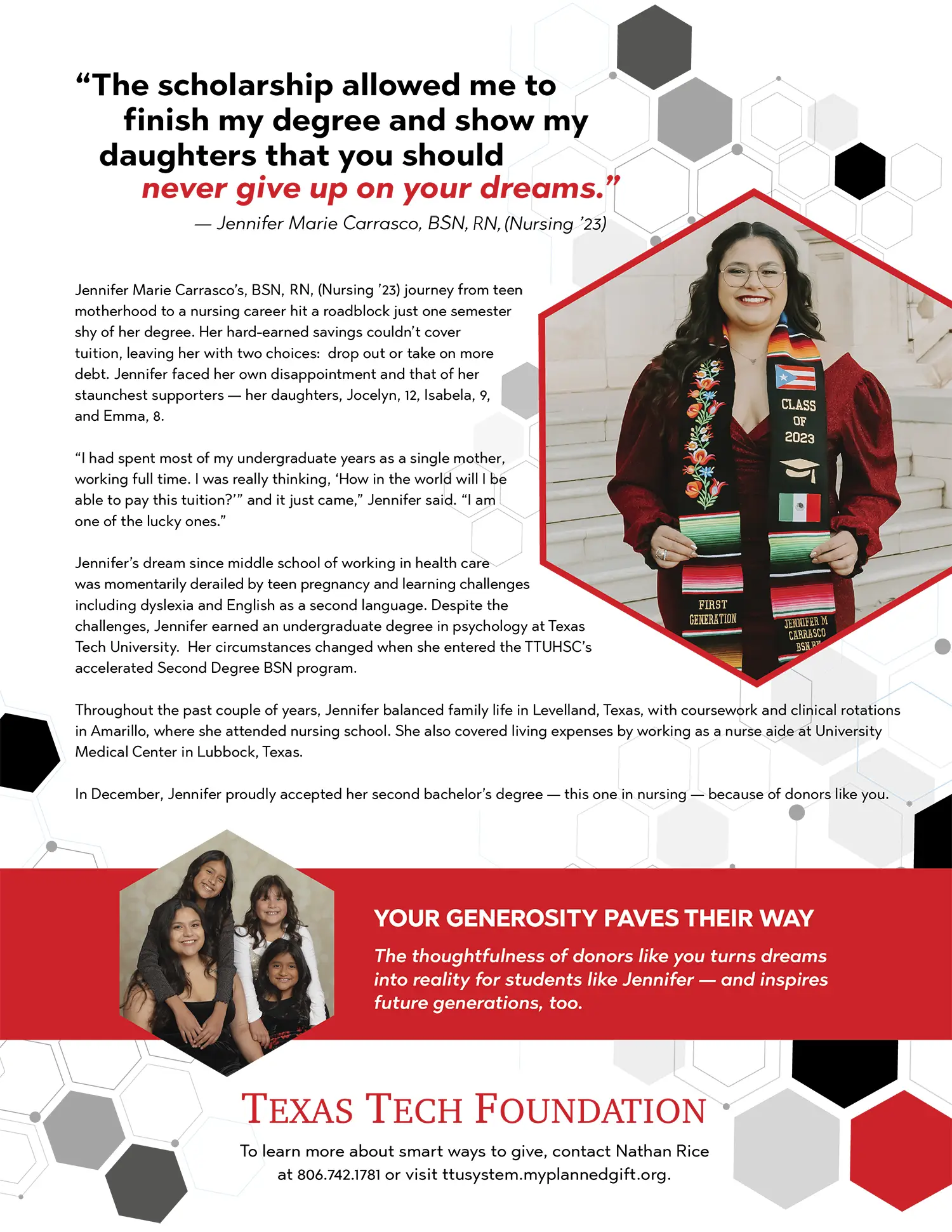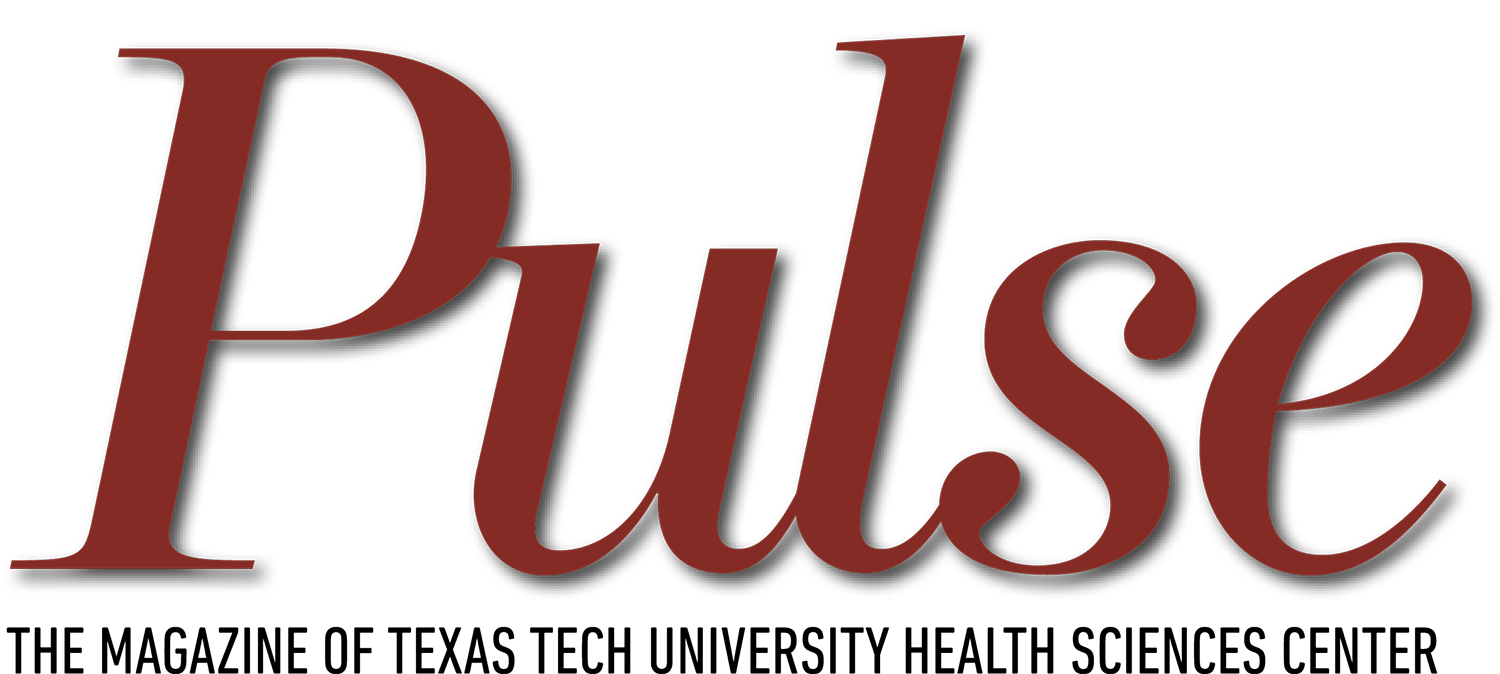
Pulse the Magazine of Texas Tech University Health Sciences Center Winter 2024

Features
By Blake DeWitt, MD
By Alessandra Singh
By Tina Hay
In Every Issue
Illustration by Sarah Maxwell/Folio Art.
Departments

dementia and eventual death. She hopes her experience helps others.
Health Matters A Letter from Our President
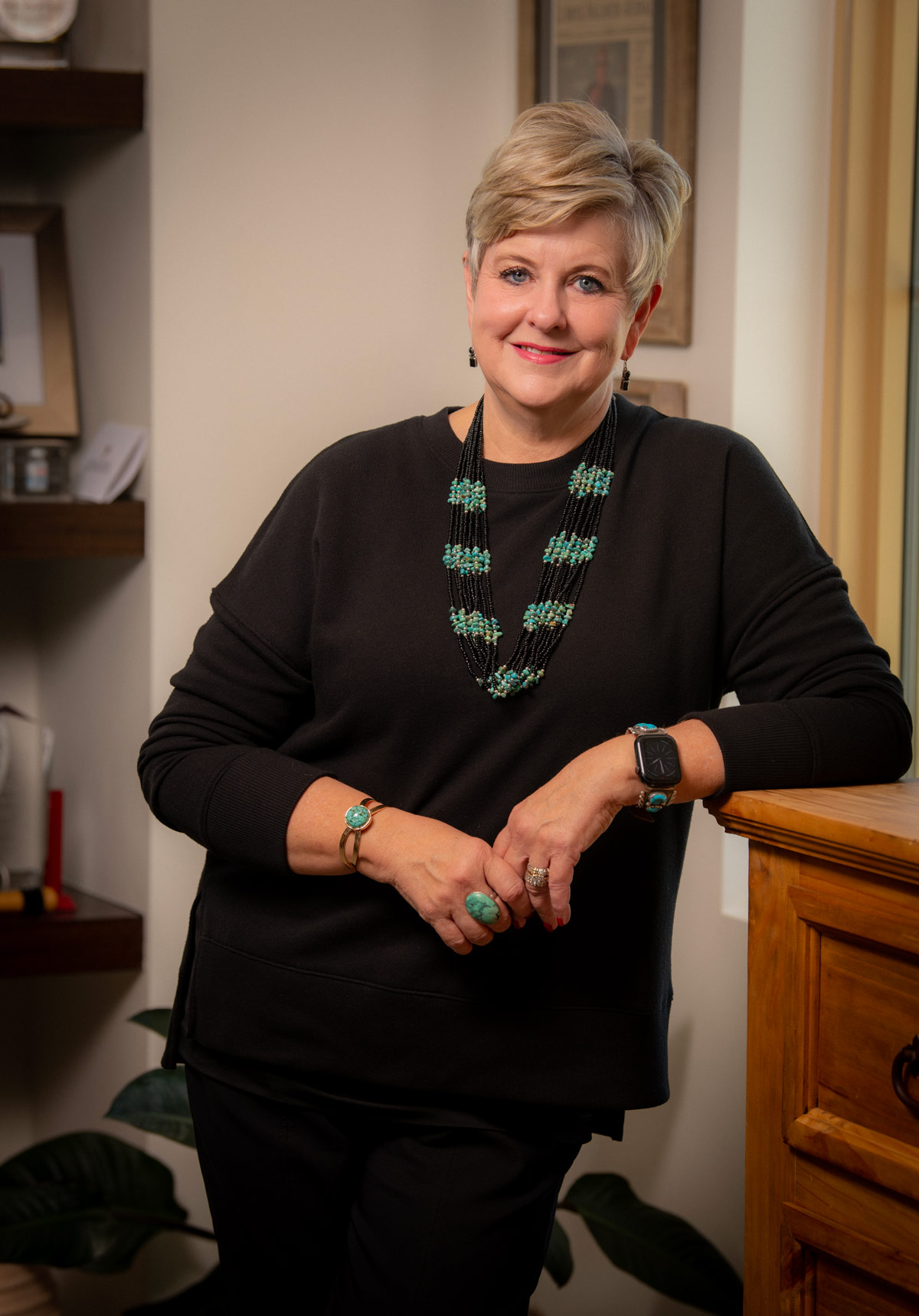
Our Commitment to Closing the Cancer Gap
One of the most impactful memories I have of growing up in Odessa, Texas, was the year we made the 1,000-mile round-trip drive to Houston, Texas, to the University of Texas MD Anderson Cancer Center. My grandmother had been diagnosed with a rare form of thyroid cancer. At the time, there wasn’t a cancer expert in West Texas, and TTUHSC was in its infancy.
We made that long journey many times, and it took a toll on her and our family. I know many of you may have faced similar challenges in getting the best health care for yourself or your family members — and we are working to address that across our state.
Everything we do at TTUHSC is considered through our vision of transforming health care through innovation and collaboration — including our approach to closing the gap on access to quality cancer care for the Texans we serve.
Editor’s Note
We’re excited to bring back a section in Pulse dedicated to research and scholarly work. Throughout the lifespan of Pulse, we have shared research content, but we haven’t had a dedicated section since 2019.
In collaboration with the Office of Research and Innovation, we introduce “Probe” in this issue of Pulse. In the section, you’ll find interviews with respected researchers, stories about groundbreaking studies and work that connects academia with health care. Additionally, we’ll share an annual update on the status of the university’s research efforts.
You’ve told us in Pulse readership surveys that you want to know more about TTUHSC’s research efforts. We believe Probe delivers! TTUHSC is a place of learning and discovery, and we’re dedicated to showcasing the amazing work of our TTUHSC community.
Join us in celebrating innovation, curiosity and the endless pursuit of knowledge at TTUHSC.
Office of External Relations
INSPIRING SISTER STRENGTH
The article (“Stand By Me,” Summer 2023, pg. 16) is a heartwarming read! It’s incredible to see how supporting each other can make such a positive impact on people’s lives. Stand by each other through thick and thin —that’s what true strength and compassion are all about.
PROUD TO BE ME
These days, I rather be a “Do-er” than a “Talker,” but I’ve seen some questions in the comments of my posts. That said, thought I’d share this recent interview in a publication from my alma mater. I had the opportunity to shed some light on my story, the condition I was born with and the things that keep my ticker going. All in hopes it inspires you to double-down on YOUR differences, identify your purpose and grab life by the ‘big ’o honches.’
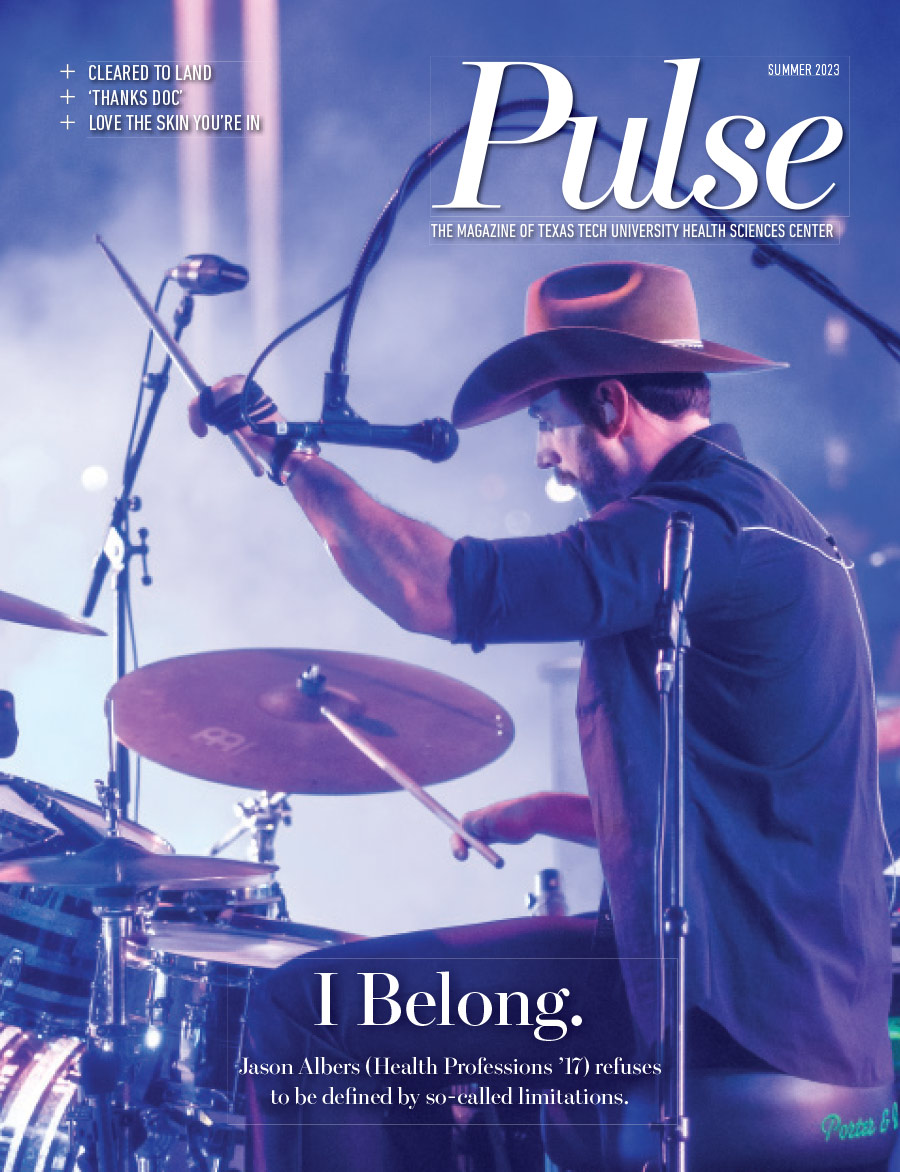
he’s our role model
I just saw the article (“I Belong,” Summer 2023, pg. 18) online, and my little boy shares his condition, so it would be great to have a physical copy rather than digital. We follow Jason on Instagram, and he’s a great role model for our Jack.
YOU’RE THE INSPIRATION
Your feedback on the reader survey directly inspired three stories in the Winter 2024 issue. You wrote, “A colleague just brought up the rise in ChatGPT;” “I would like to see more about the different sub-specialities in nursing;” and “I would like to read about students from the class of 1979.”
SURVEY DRAWING WINNER
Masthead

Editor-in -chief
Danette Baker, MA
Managing Editor
Alessandra Singh
Design
Jim Nissen
Contributors
Michael Cantu, Carolyn Cruz, Matt Ebbers, Tina Hay, Mark Hendricks, Neal Hinkle, Kami Hunt, Holly Leger, Sarah Maxwell/Folio Art, Sarah Sales, Emily Shafer, Lena Zappia
Administration
President
Lori Rice-Spearman, PhD
(Health Professions ‘86)
Vice President of External Relations
Ashley Hamm
Assistant Vice President of External Relations
Mattie Been, Amarillo
Jessica Zuniga, Permian Basin
Cyndy Morris, Abilene
Assistant Vice President of
Institutional Advancement
Institutional Advancement
Helen Li
Assistant Vice President of
COMMUNICATIONS AND MARKETING
COMMUNICATIONS AND MARKETING
Holly Russell
CORPORATIONS & FOUNDATIONS
Jordan Nabers
Contact Us
pulse@ttuhsc.edu
TTUHSC External Relations
3601 Fourth Street STOP 6242
Lubbock, TX 79430-6242
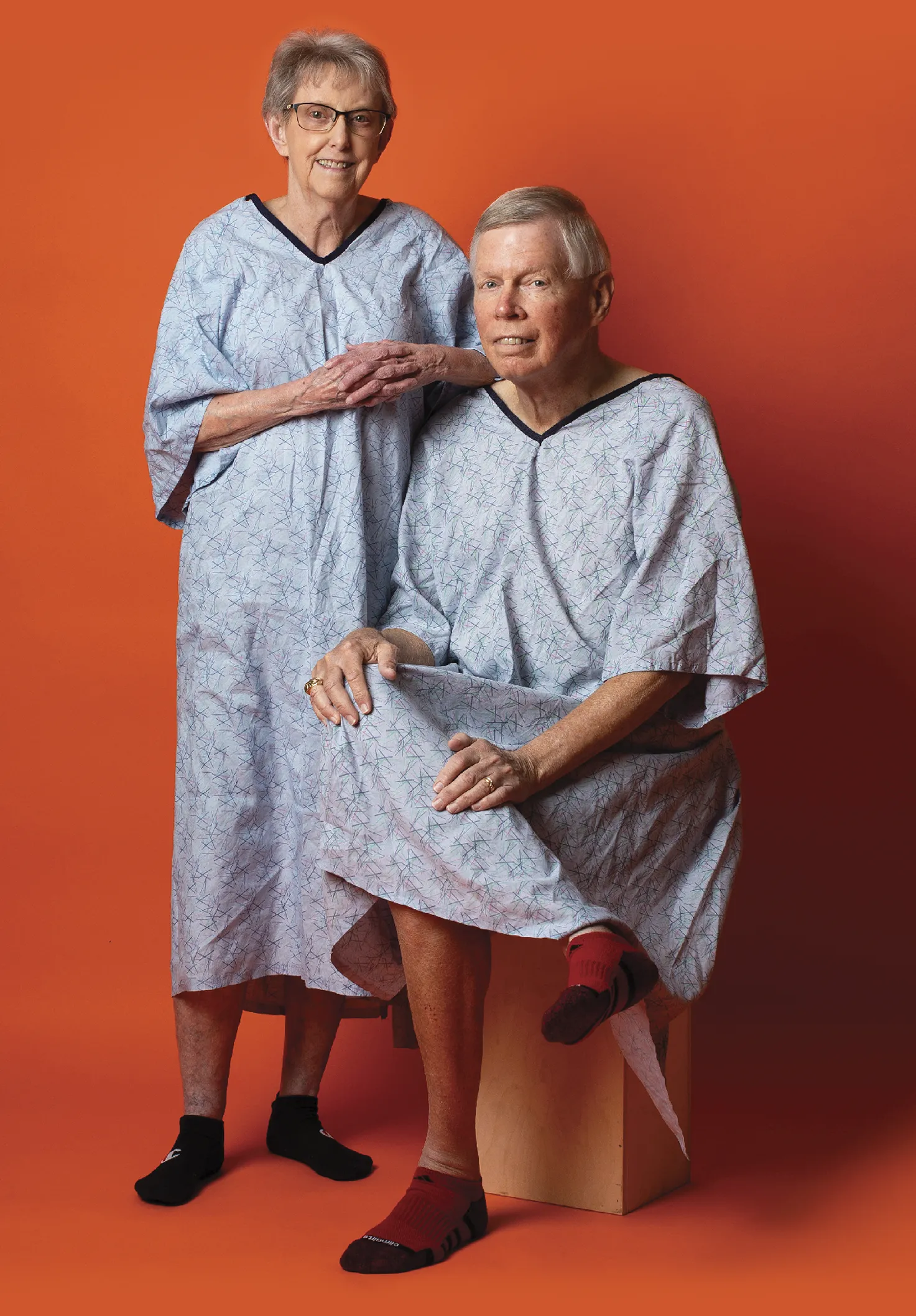
Essential Position
Job essential duties:
- Portray a role or scenario consistently as trained by staff and faculty.
- Evaluate a learner’s performance following set criteria without bias.
- Demonstrate basic computer skills.
- Maintain confidentiality regarding cases, students, residents and fellows.
Benefits:
- Schedule flexibility.
- 10% travel.
- No experience needed.
Employee testimonial:
“The most rewarding job I’ve ever had.”
 I HEARD THAT
I HEARD THAT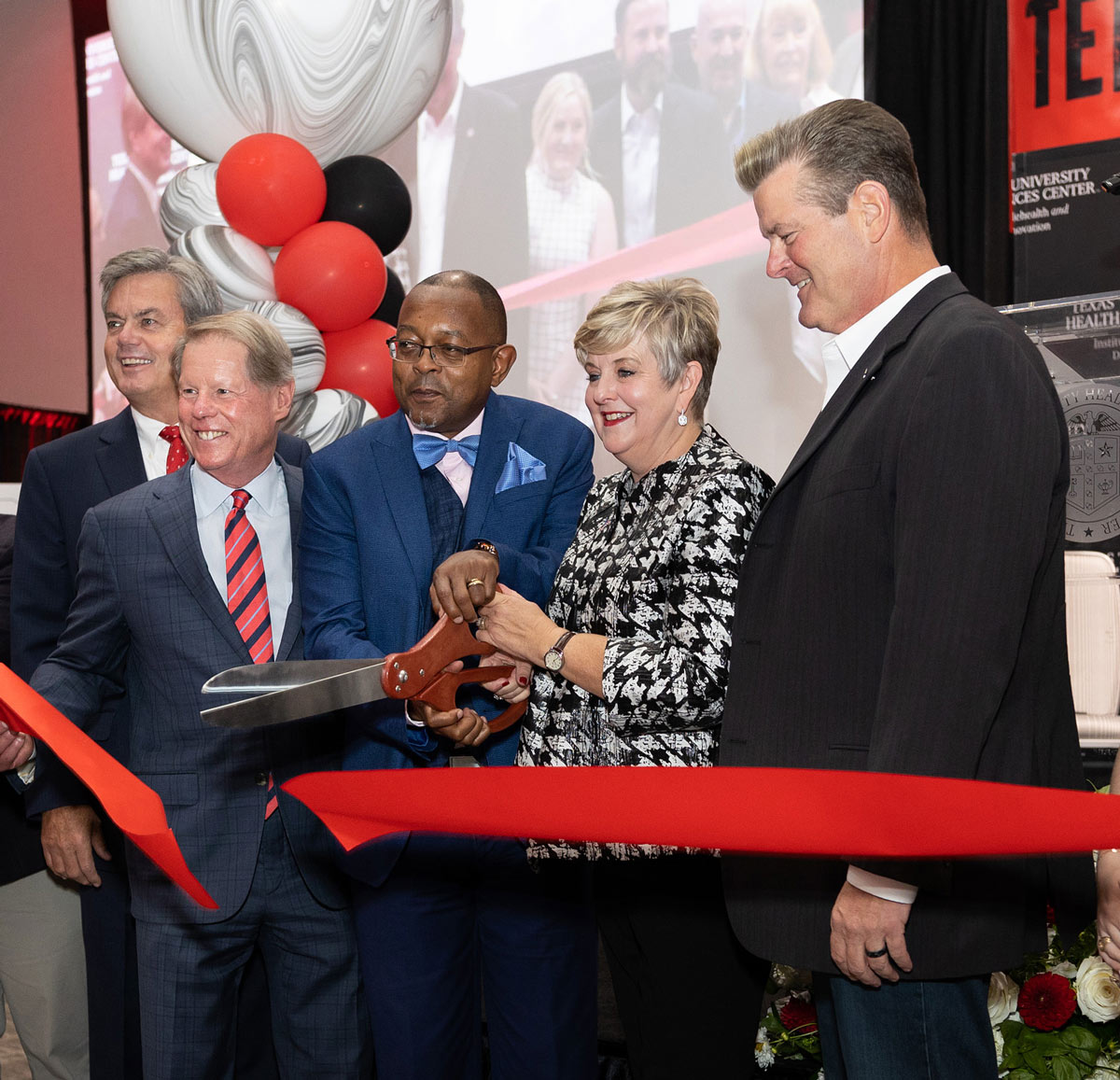
New Institute Supports Greater Access to Innovative Health Care
“Serving the health care needs of people in our region has and will continue to be our purpose,” says TTUHSC President Lori Rice-Spearman, PhD.
TTUHSC continues to do just that with the appropriation of $10 million, $5 million per year for the next two years, from the 88th Texas Legislature to establish the Institute of Telehealth and Digital Innovation.
The institute contributes to the university’s mission in providing accessible health care through innovation to make predictive, preventive care a reality for West Texans.
“As health care transitions to a technology-driven ecosystem, we must make that pivot as well,” Rice-Spearman says.
The institute continues TTUHSC’s telehealth journey to bridge barriers in the university’s 108-county service area of West Texas. Executive director for the Institute of Telehealth and Digital Innovation John Gachago, DHA, says the institute will engage people, processes and emerging technologies to transform the delivery of health care.
I Heard That!
 Faculty profile
Faculty profileValerie Kiper
DNP, MSN, RN, NEA-BC
(Nursing ’13)
Regional dean of the School of Nursing at Amarillo and associate professor in the RN to BSN program
A: As far back as I can remember, I knew I wanted to be a nurse. My grandmother and mom were both nurses and my early influencers and role models for nursing.
Q: What inspired your transition into nursing education?
A: Most of my career has been in executive nursing leadership in the acute care setting, but I always anticipated that my next “stop” would be academia. Educating future nurses is probably the single most important role I will have had in my nursing career. That’s what I am most passionate about.

 for the record
for the recordStat! TTUHSC Across the Decades
May commencement ceremonies will mark the 50th anniversary of TTUHSC’s first graduates.


The Texas Tech University System, including TTUHSC, ranks
75th
among the top
100
U.S. universities granted Utility Patents in 2022 as noted by the National Academy of Inventors

“Ms. Hall wanted a place where all students could come together.”
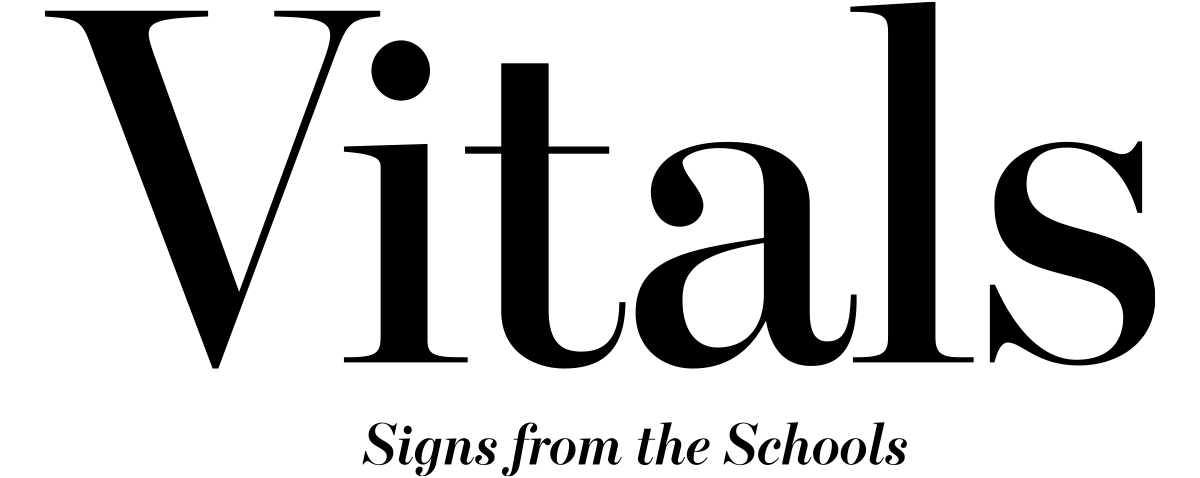
Vitals: Signs from the Schools
Lollipop Rx

1
Stick – keeps fingers from getting sticky!
2
The sugar candy mounted on a stick comes in a variety of flavors ranging from cherry and grape, to coconut lime and vanilla butternut.
3
Pharmacists mix syrup and medicine ingredients on a heated surface and transfer the mixture to a mold before wrapping with foil.
Vitals JERRY H. HODGE SCHOOL OF PHARMACY
JERRY H. HODGE SCHOOL OF PHARMACY
Creating a Safe Place
in the Classroom
“I developed a way to ask questions while I’m providing a safe place for students to answer me,” Bohn said.
The method, while seemingly simple, was revolutionary enough to be recognized in a certain Ivy League publication, Harvard Business Publishing. Bohn says that if done correctly, her method increases active engagement and allows professors to assess on-the-go learning.
“It all boils down to creating a safe place. When the students feel valued, and they feel like you see that they matter, they really will open up to you, and that’s the heart of a teacher.”
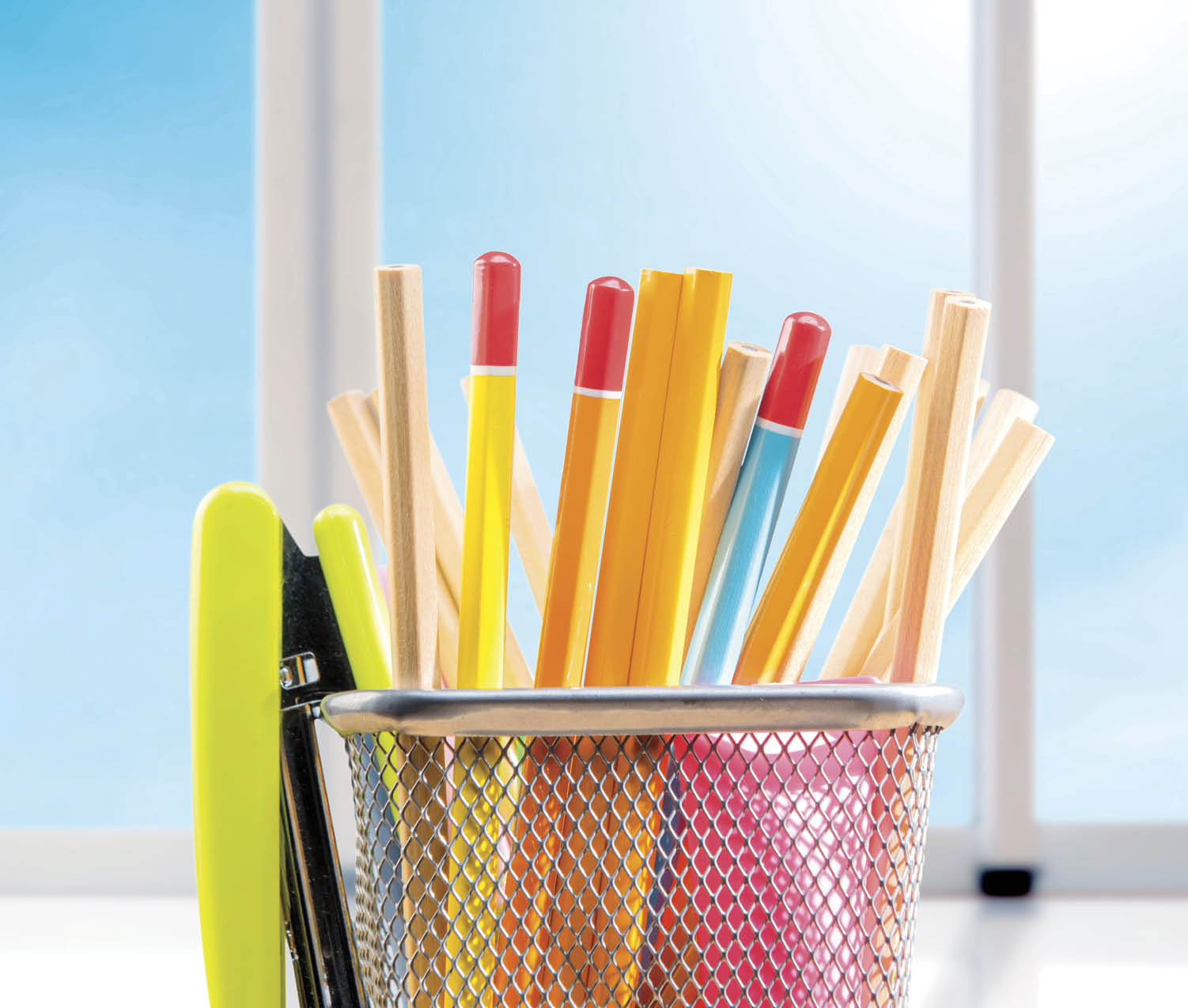
Not Behind the Counter
While the need for community pharmacists is critical, there is also a need for many careers outside of this setting.
Here are just five of the many career paths in pharmacy outside of the community setting.
1 | Hospitals and clinics: Acute care or ambulatory care pharmacists work in hospital or clinic settings. They help health care teams make decisions for acutely ill patients or assess and manage medication needs in clinics.
2 | Compounding or specialty care: Compounding pharmacists are tasked with creating medications not commercially available. Specialty pharmacists focus on higher-cost medications that requires close monitoring.
3 | Pharmaceutical industry pharmacists: Pharmacists in this setting may design clinical trials, be involved in safety regulation, sales, education or marketing.
4 | Consulting: A pharmacy career also may lead to providing one’s expertise to others. That could be as a consultant pharmacist, making sure proper medication is being used in places like nursing homes.
5 | Law, public health and business: Others may advise health care entities in pharmaceutical law or health care administration. There is also the possibility to advise in larger projects like pandemic response or vaccine drives.
Vitals JERRY H. HODGE SCHOOL OF PHARMACY
JERRY H. HODGE SCHOOL OF PHARMACY
Award-Winning Student Research


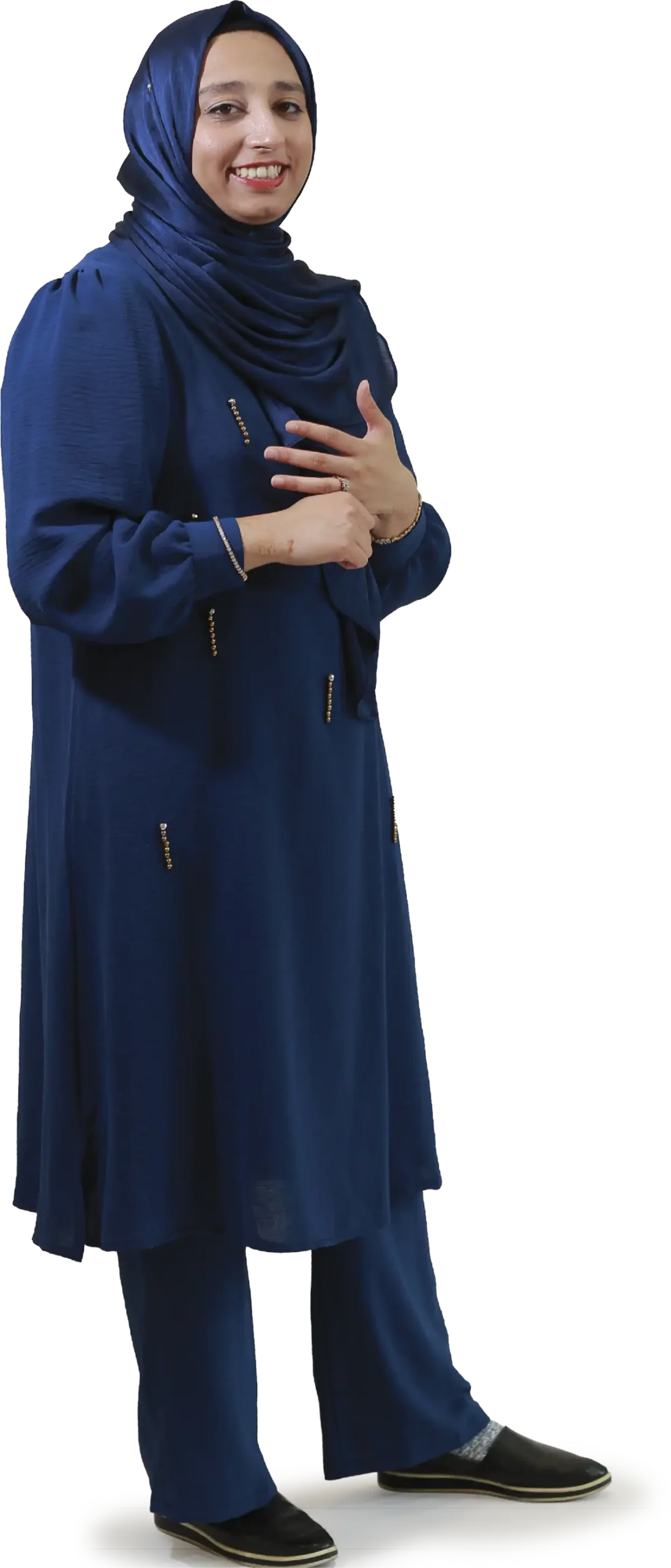
 SCHOOL OF HEALTH PROFESSIONS
SCHOOL OF HEALTH PROFESSIONS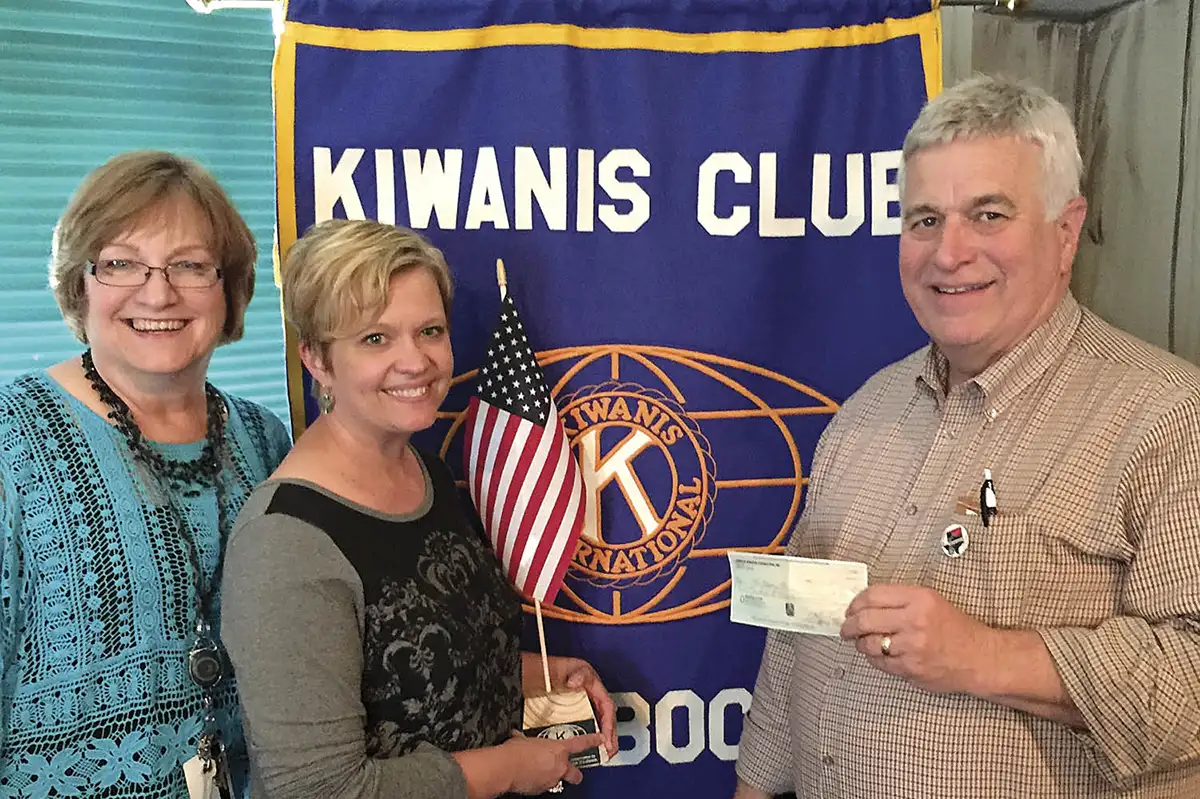
A 100-year Giving History
another way of giving
surprise history
THEY’RE OUR CHILDREN, TOO


 school of health professions
school of health professionsBeyond the Uniform
Christopher Rodriguez (Health Professions ’22) felt lost entering civilian life after seven years of military service. The void of purpose is the greatest challenge, and it’s a daunting reality that many veterans face in life after service, he says.
“A lot of them think (the military) is all we can do,” Rodriguez says, but adds that’s far from the truth. “If (veterans) know the mission, we will be an asset to your organization.”
The ability to keep calm in stressful situations and work effectively only scratches the surface of what a veteran offers the civilian workforce, he says.
Transferring his administrative experience from the U.S. Army into health care, Rodriguez has once again found purpose.
Rodriguez works in health care administration at the University of Texas MD Anderson Cancer Center in Houston, Texas.
“This is my calling,” he says, “but just because some military people found their (new) purpose doesn’t mean they’ve forgotten their past.”

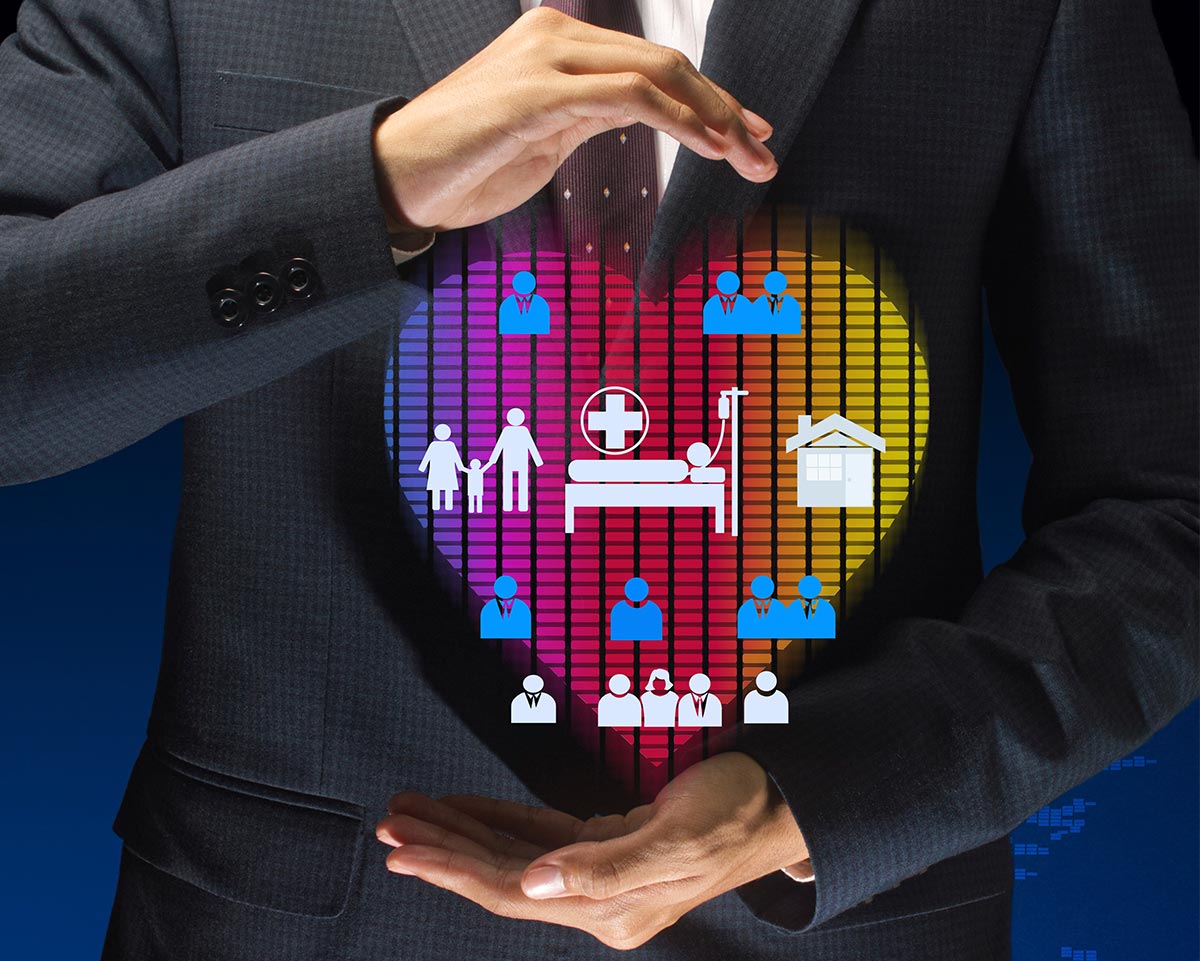
Revolutionizing Health Care
Health care must focus on being patient- and employee-centered in order to achieve better quality and patient safety, said Richard Greenhill, DHA, program director for the B.S. in Healthcare Management. “If health care professionals experience burnout, it negatively impacts quality and safety.” Placing emphasis on process-oriented approaches will help reduce variation in care and burnout to improve operational efficiency.
 SCHOOL OF MEDICINE
SCHOOL OF MEDICINEFrom Dropout to Doctor
Instead, he dropped out.
Despite that inauspicious start, Batson, 43, is now a physician specializing in pulmonary and critical care medicine at Covenant Medical Pulmonary Clinic in Lubbock, Texas. One reason for his success is his determination: Batson eventually figured out what he wanted to do — work in health care — and he didn’t let anything stop him.
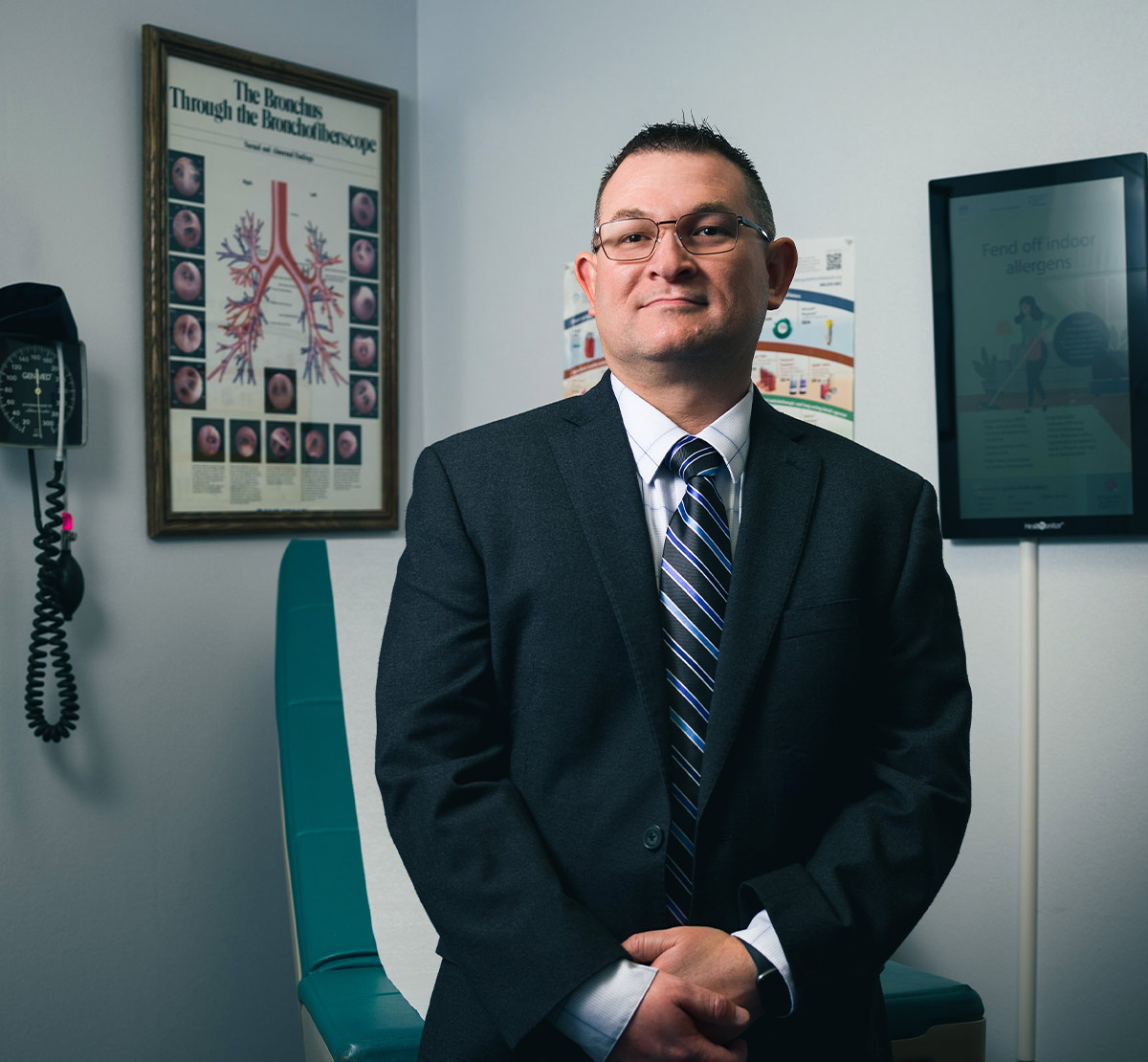
Vitals SCHOOL OF MEDICINE
SCHOOL OF MEDICINE
The End of One Era, But Not Yet Finished
John Pelley, PhD, MBA, was a post-doctoral student in 1972 in a successful lab when the offer came to join the faculty of the state’s newest medical school.
What ensued was a 50-plus year career at TTUHSC – with time spent in school administration, but most notably in developing and sharing mindful learning — the “what” and “how” to attain and retain information.
After retirement in December 2023, Pelley, a professor in the Department of Medical Education, will continue to build out his legacy, the SuccessTypes Medical Education website — an innovative approach to learning for students and educators.
founding faculty —July 1, 1972:
Francis J. Behal, PhD
Charles Garner, PhD
William H. Gordon Jr., JD
J. Richard Hillman, PhD
Gwynne H. Little, PhD
John Barry Lombardini, PhD, MD
Lorenz Lutherer, PhD, MD
John M. McKenna, PhD
Larry J. O’Brien, PhD, MD
Orene W. Peddicord, MD
John Pelley, PhD, MBA
William G. Seliger, PhD, DDS
Willis L. Starnes, PhD
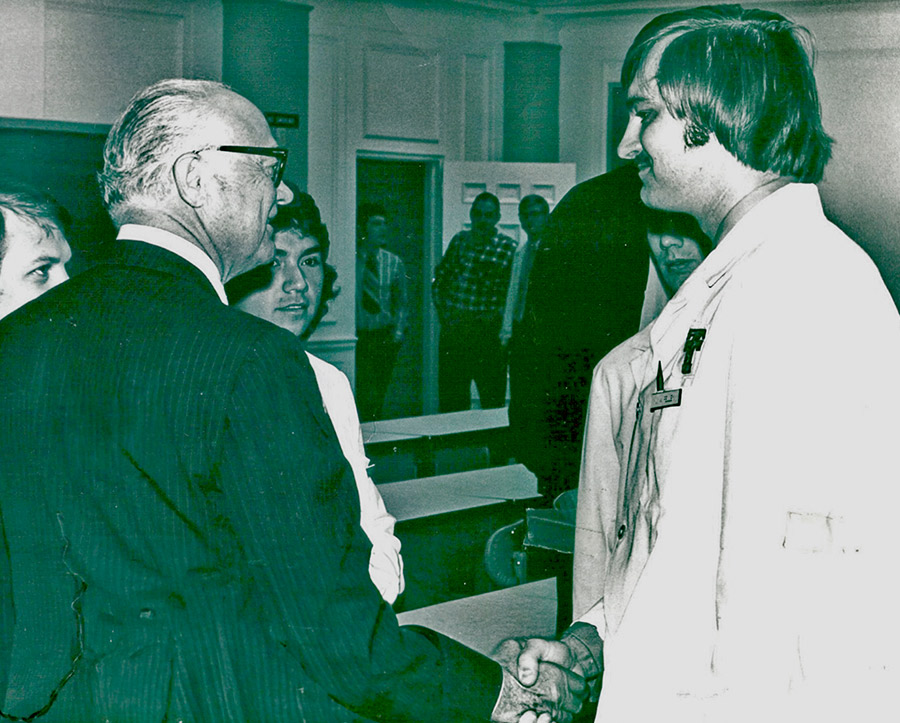
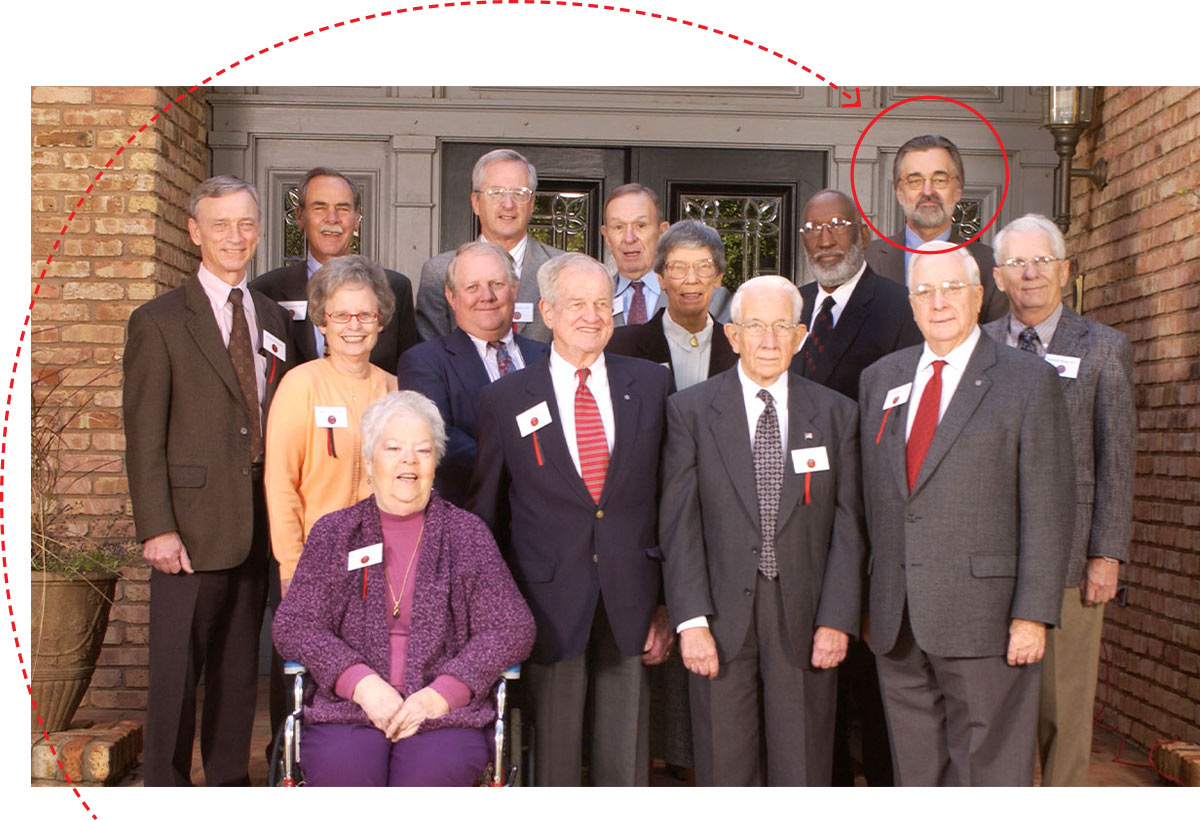
The Metamorphisis of a Career Into Retirement
 SCHOOL OF NURSING
SCHOOL OF NURSINGMy Friend, ChatGPT
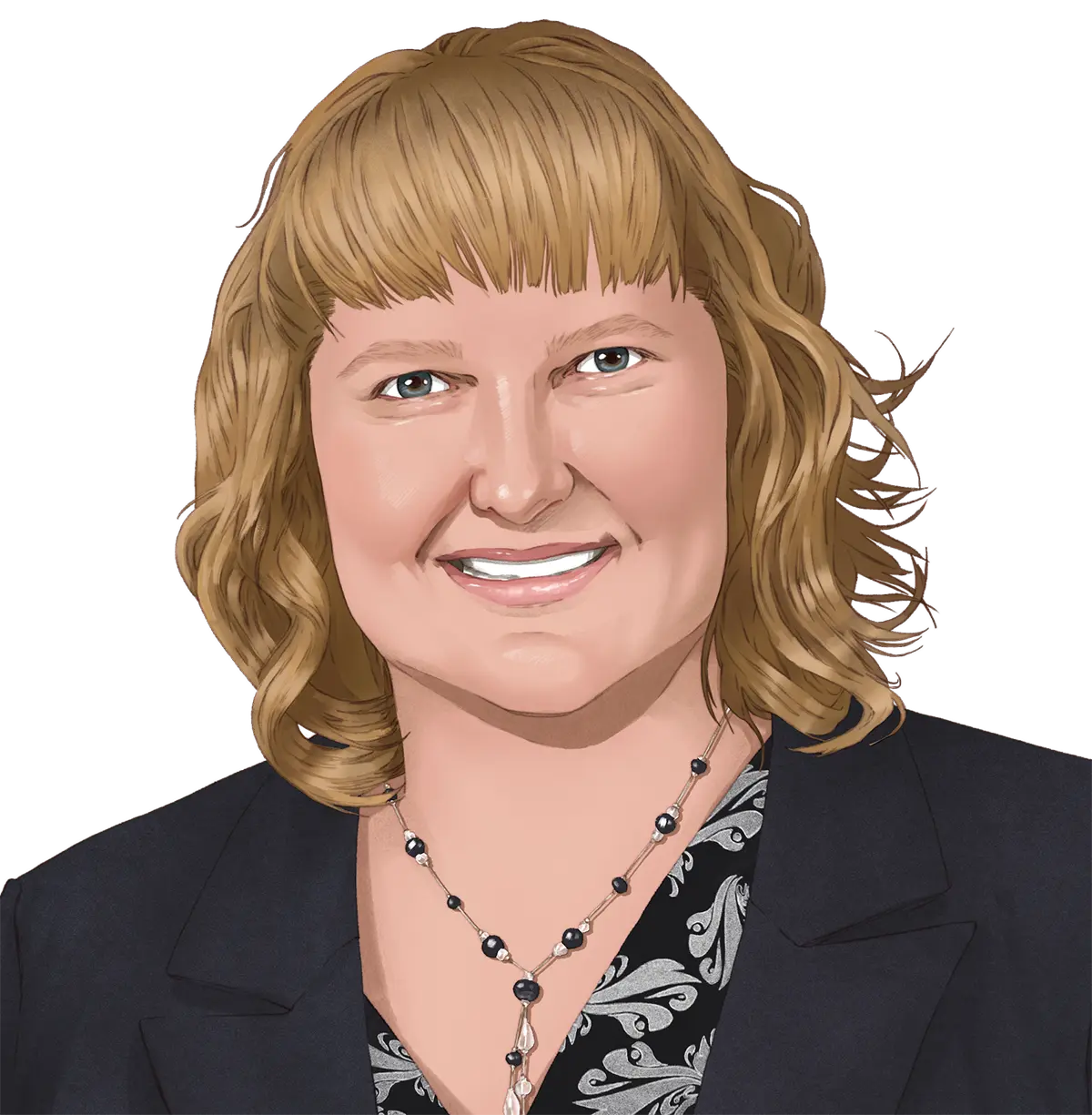
Professor, School of Nursing, Director
MSN Informatics Program
Can ChatGPT replace faculty?
Hoelscher Sharing real-world experiences helps students build trust in their faculty’s knowledge and expertise; educators seem less intimidating, more credible and more human. Faculty and students can also be passionate and truly excited about the topic being discussed. AI really doesn’t have this ability or personal experiences without forcibly prompting it to.
How can professors learn to use ChatGPT as a teaching tool?
Hoelscher It starts with learning what AI is and what it is not. Knowing that it can be used and abused is half the battle. Have a conversation with your students about AI and define expectations.

Associate Professor, School of Nursing
Why should we educate students on ChatGPT?
Sun It is our responsibility to foster responsible AI use, empower informed decision-making, enhance critical thinking, promote digital citizenship, support and foster innovation and collaboration, promote lifelong learning, and prepare our students for the future in a world increasingly influenced by emerging technology.
What is ChatGPT’s place in educating health care providers?
Sun Beyond the traditional learning methods, ChatGPT evolves with students and the dynamic health care landscape. It’s an indispensible part of the future of health care education and practice.
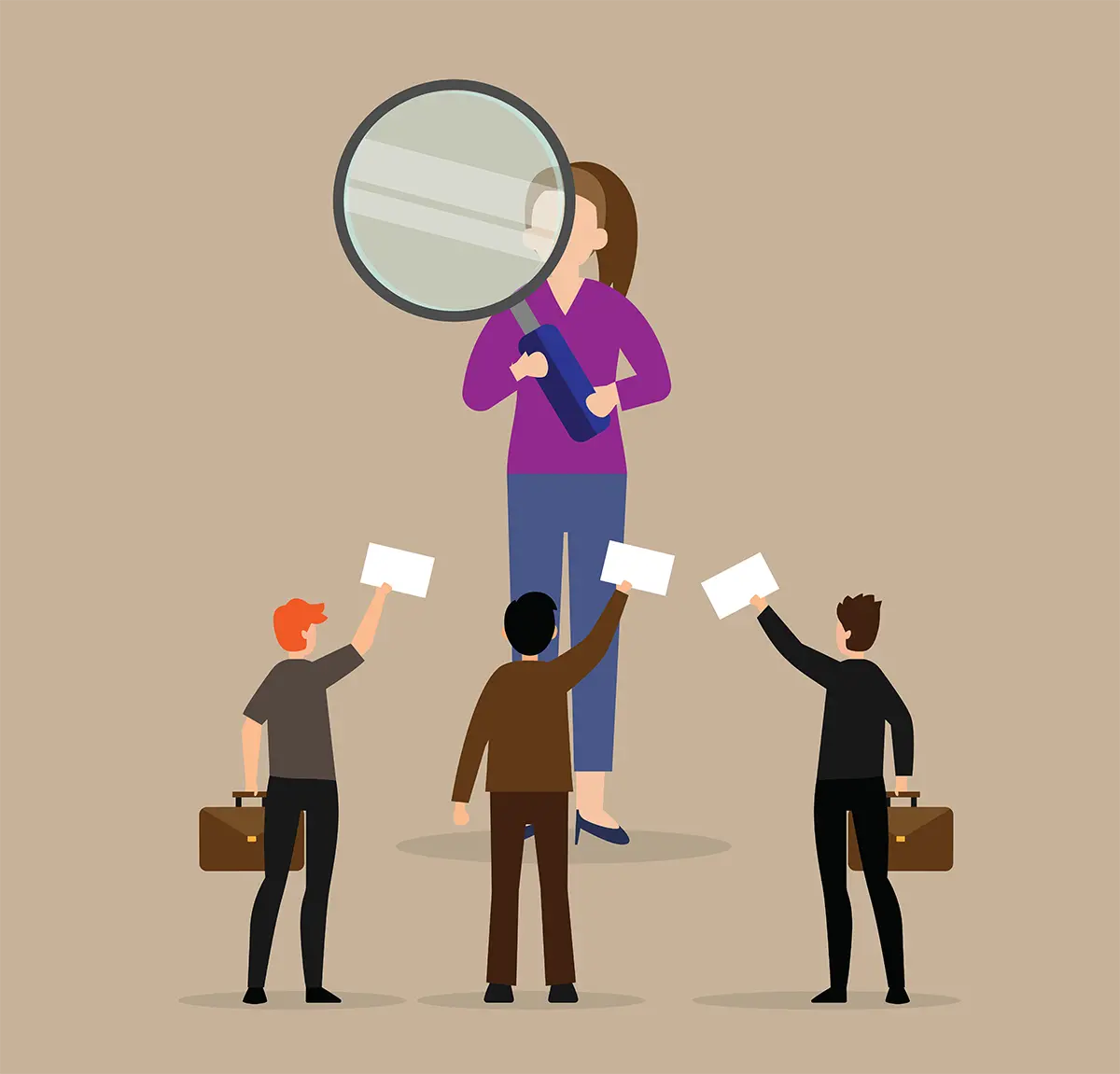
A Match Made at Hendrick Health
With some brainstorming and ingenuity, the school and Hendrick Health launched its pilot program, the Academic Practice Partnership, in fall 2021. Since then, the hospital has continued to see notable increases in both recruitment and retention while TTUHSC nurses are gaining invaluable experience. The program is expanding to TTUHSC Odessa, implemented through the School of Nursing and community hospitals.
 School of Nursing
School of Nursing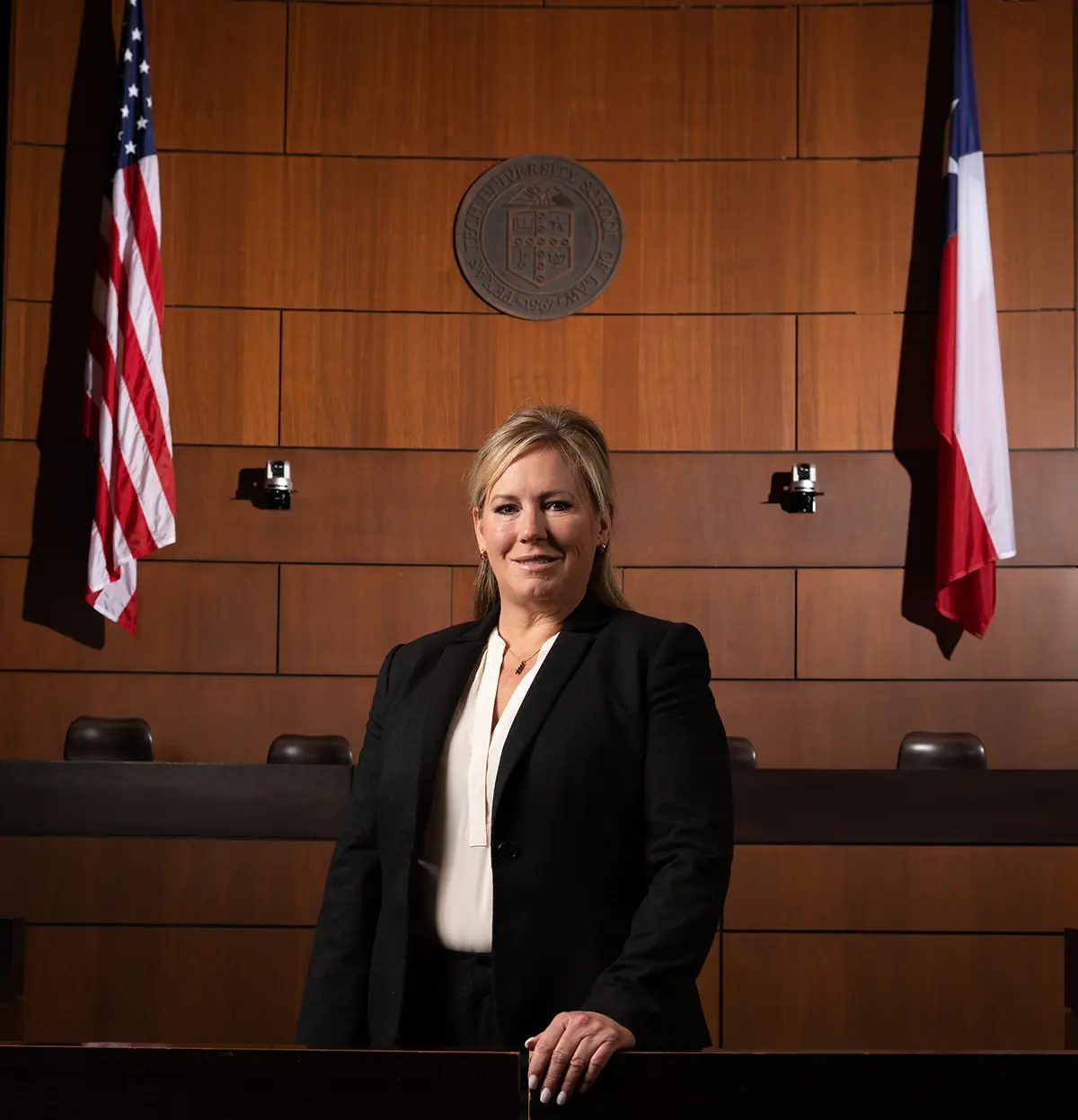
BEYOND THE CRIME SCENE
Nurse, Interrupted
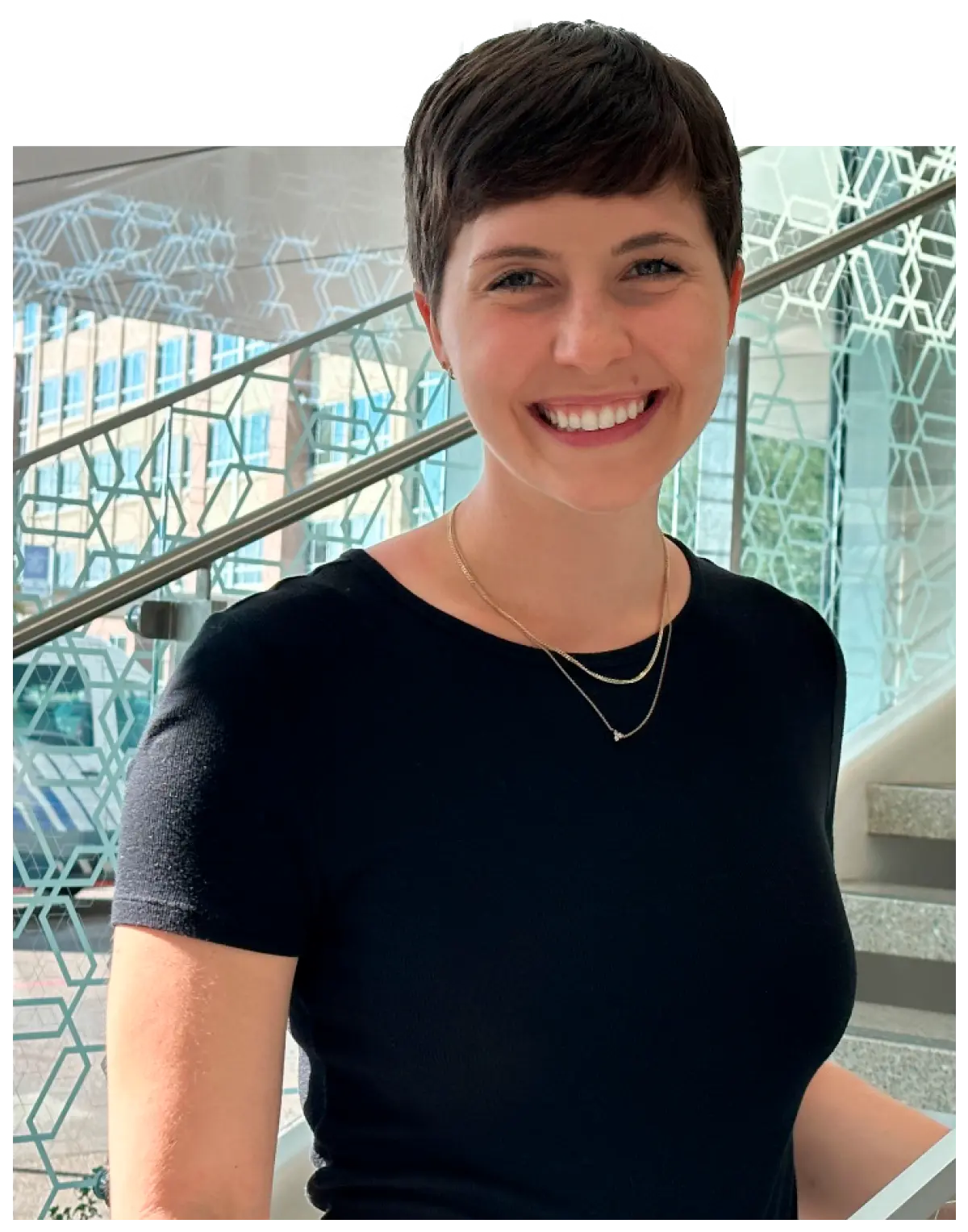
Rea already had a bachelor’s in supply chain management and had spent three unfulfilling years working at a business consulting firm before a friend suggested she look into nursing. Rea shadowed another friend who was a trauma nurse, and after two shifts, she was hooked. She applied for the accelerated Second Degree BSN—an intensive, one-year program—at TTUHSC at Dallas and was accepted.
At the same time, though, she was dealing with a nagging, mysterious medical problem: excruciating pain in her left shoulder and elbow that came on unexpectedly one night and, despite multiple visits to specialists and many weeks of physical therapy, wasn’t getting better.
Rea enrolled in the nursing program as scheduled in January 2021, but one month in, she learned the cause of her arm pain — a diagnosis that would upend everything. It was Stage 4 non-Hodgkin lymphoma.
Rea made the difficult decision to withdraw from school to focus on her treatment. She was “heartbroken,” she says, but TTUHSC’s support buoyed her. “They told me, ‘Whenever you’re able to come back, you just tell us, and you have a spot here.’” Rea and her husband moved in with Rea’s parents in Sugar Land, Texas. For seven months, she underwent chemotherapy, immunotherapy and radiation treatments at MD Anderson Cancer Center in Houston, Texas.
She lost her hair. She lost weight. She felt weak much of the time. But the treatment worked: In just three months, she was declared cancer-free, and by September 2021, she was finished with treatment. Then, once blood tests showed that her immune system had recovered, her physicians cleared her to go back to school. In January 2022, less than a year after having to drop out, Rea was back in the BSN program. She graduated the following December and is now an ICU nurse resident at Methodist Richardson Medical Center in Richardson, Texas.
“You’re not going to find someone who understands what the patient needs more than Lauren,” says Karen Schmidt, RN, BSN, a retention counselor in the accelerated BSN program. “She’s walked in those shoes. She’s been there.” Rea herself agrees that her cancer experience has made her a better nurse: She experienced firsthand the difference a caring, communicative nurse can make in helping a patient feel comfortable at a stressful time in their life. “I learned very much the type of nurse that I want to be.”
 GRADUATE SCHOOL OF BIOMEDICAL SCIENCES
GRADUATE SCHOOL OF BIOMEDICAL SCIENCESResearcher, Professor and Mentor
“If you go through this rigorous program, you develop strong foundations in the process of science as well as discipline-specific knowledge and lab skills,” said Redman, “so you can jump in (to future research) pretty easily.”
Redman has 10 years of lab experience, five working to develop new treatments for chronic infections associated with biofilms. In her first year as a professor, she is excited to teach her students the trial-and-error processes of research.
“You learn that in research, you fail more than you succeed, and it’s okay to fail,” Redman says. “You probably learn more from your failures than your successes.”

WHEN A DAY BECOMES A WEEK
Vitals JULIA JONES MATTHEWS SCHOOL OF POPULATION AND PUBLIC HEALTH
JULIA JONES MATTHEWS SCHOOL OF POPULATION AND PUBLIC HEALTH
Support for Access to Care
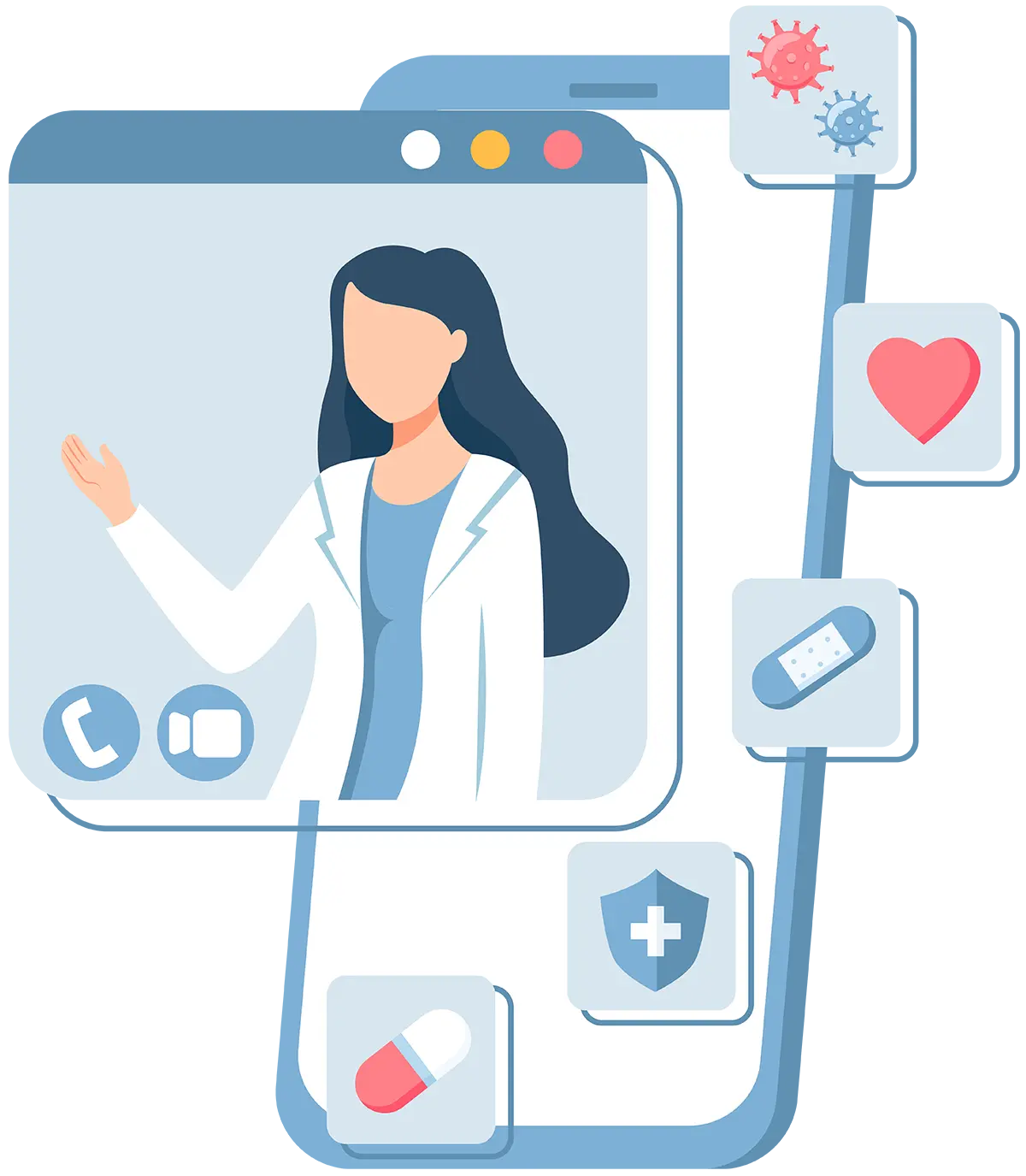
ONLINE EDUCATION HELPS TO INCREASE TRAINING FOR THE PUBLIC HEALTH WORKFORCE
PLANNING FOR FUTURE NEEDS
ACCESSIBILITY ACCOMPLISHED
FLEXIBLE SCHEDULING
PREPARE FOR A VIRTUAL WORKPLACE
STUDENT-CENTERED LEARNING
AFFORDABILITY SOLVED

Probe: Advancing knowledge through innovative research
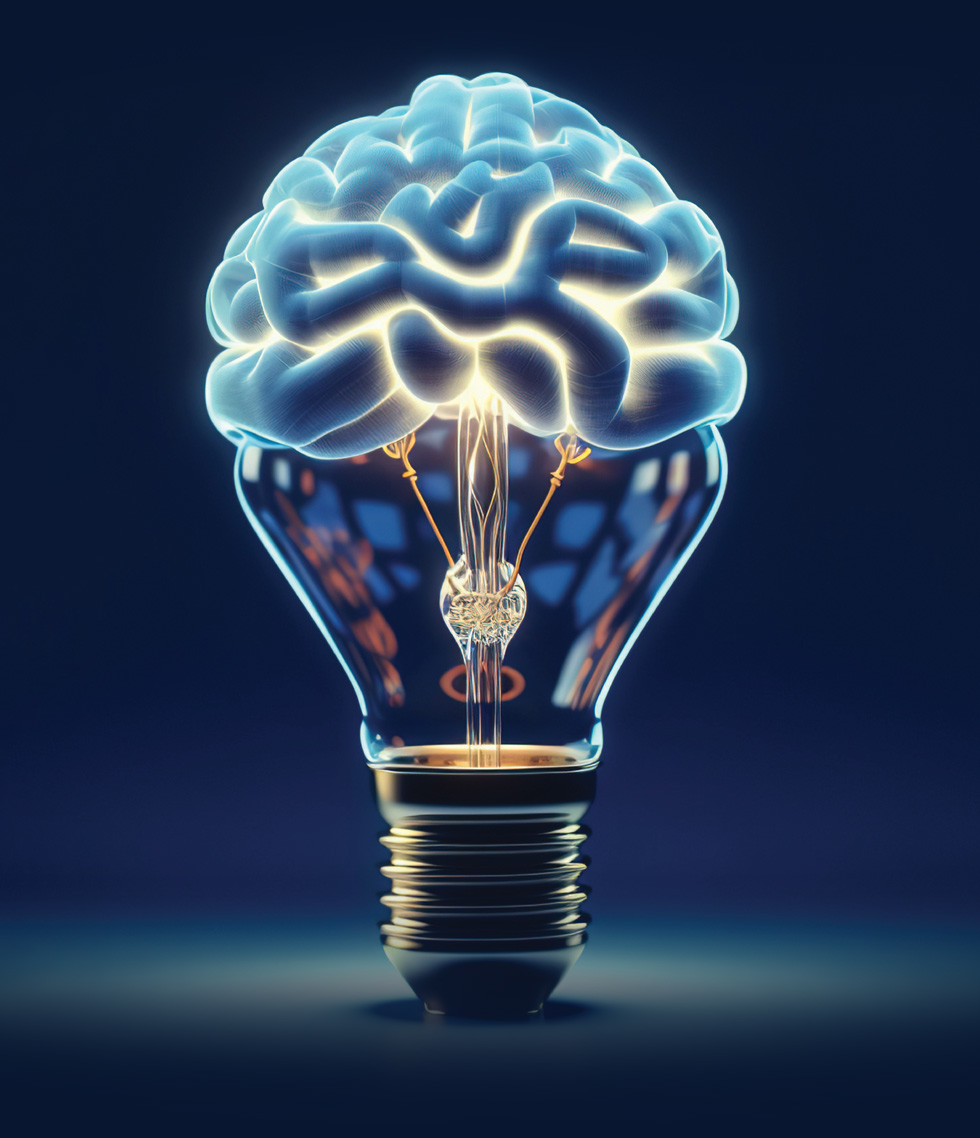
 Feature
FeatureFrom Bedside to Bench

“I actually came from the humanities; I studied philosophy and theology as an undergraduate,” Neugebauer said. “I’m from Germany, and in that system, they frowned upon the empirical sciences that would just capture a very narrow aspect of the world versus philosophy and theology that deal with the world’s big questions.”
Following his undergraduate studies, Neugebauer, chair for the School of Medicine’s Department of Pharmacology and Neuroscience, considered teaching high school, going as far as enrolling in the graduate track for teaching. Then a newspaper ad, announcing a fast-approaching deadline for medical school applications, caught his eye.
 innovative investigation
innovative investigation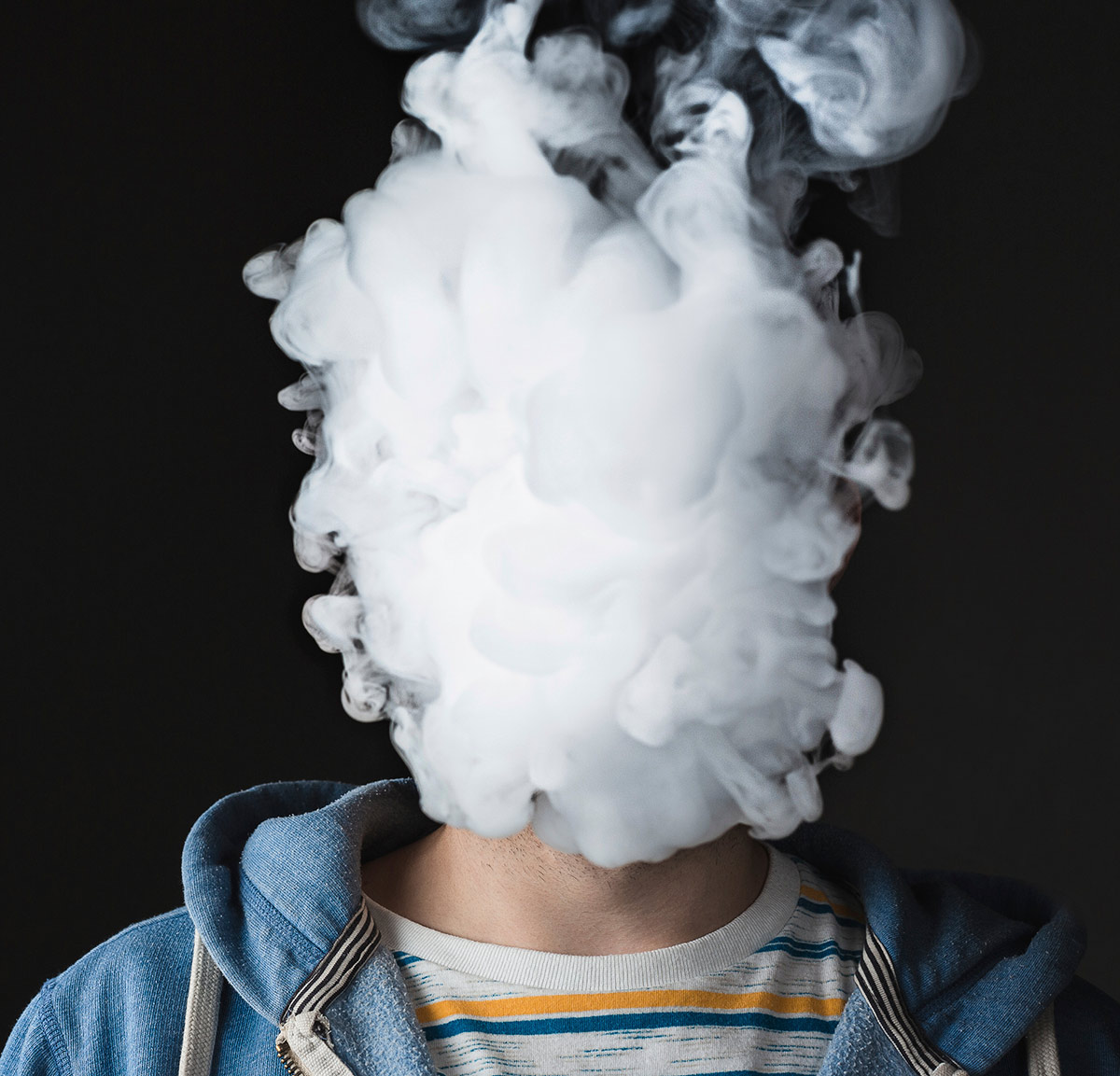
Abbruscato Lab Investigates E-Cigarette Impact on Brain Health

E-cigarettes have been the most commonly used tobacco products among U.S. youth since 2014. In the decade since, focused engineering of e-cigarettes have created more efficient nicotine delivery systems that are tolerated better by users than conventional cigarettes, resulting in e-cigarette users exposing the brain to much higher levels of nicotine.
Abbruscato, chair of the Jerry H. Hodge School of Pharmacy Department of Pharmaceutical Sciences, said years of grant support from the Food and Drug Administration and the National Institutes of Health (NIH) has allowed his team to study the effects of tobacco smoke and e-cigarette vapor exposure on neuroinflammation, the blood-brain barrier (BBB) and oxidative injury, which increases the risk and worsens the outcome for stroke.
 Annual Report
Annual ReportBy the Numbers: funding makes the difference
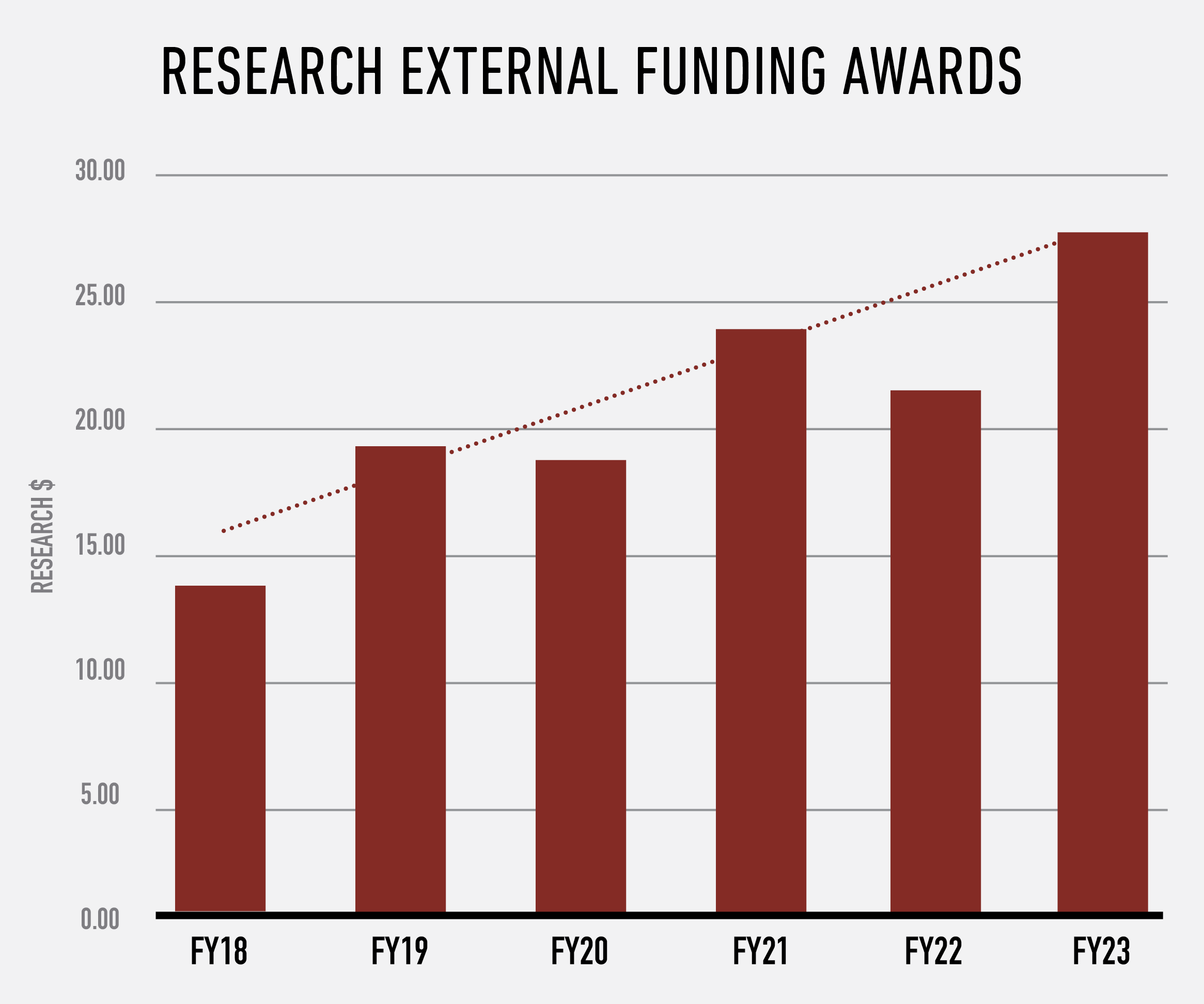

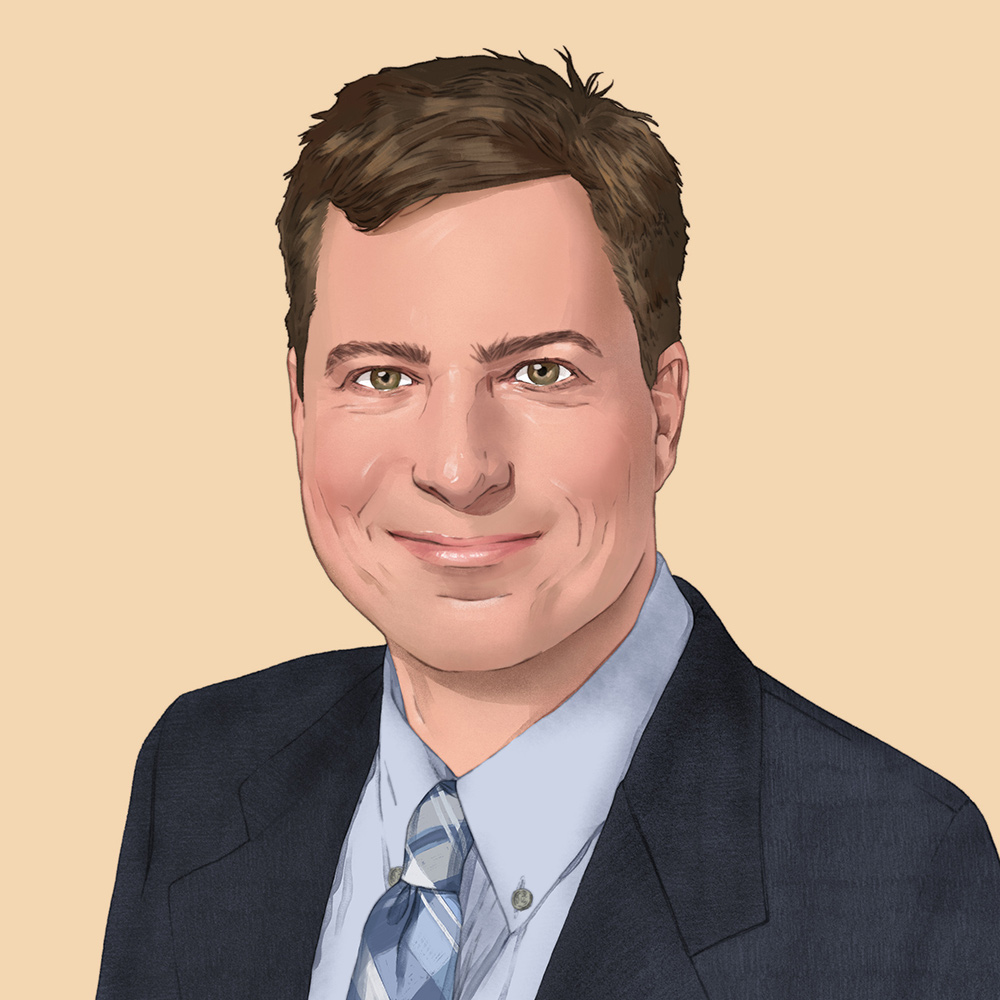
Elevating Health Care:
As we reflect on the achievements in research at our institution over the past six years, a clear pattern of growth and success emerges. Our researchers are actively engaged in collaborations with both internal and external partners, embracing calculated risks and building upon the foundation of their own accomplishments and the successes of their peers.
In the past fiscal year, our research programs experienced significant growth. Expansion was fueled by increased support from agencies that include the National Institutes of Health (NIH) and the Cancer Prevention & Research Institute of Texas and various foundations and international sources. The increasing trend in external funding reflects growth across the entire university.
Significant funding awards from the National Cancer Institute, National Institute on Aging and National Institute of General Medical Sciences played a pivotal role in our 25% increase in NIH funding over the last fiscal year. According to the Group on Research Advancement and Development, only 10% of universities and research institutes receive 70% of NIH funding. Therefore, we take immense pride in our TTUHSC community for excelling in this demanding environment.
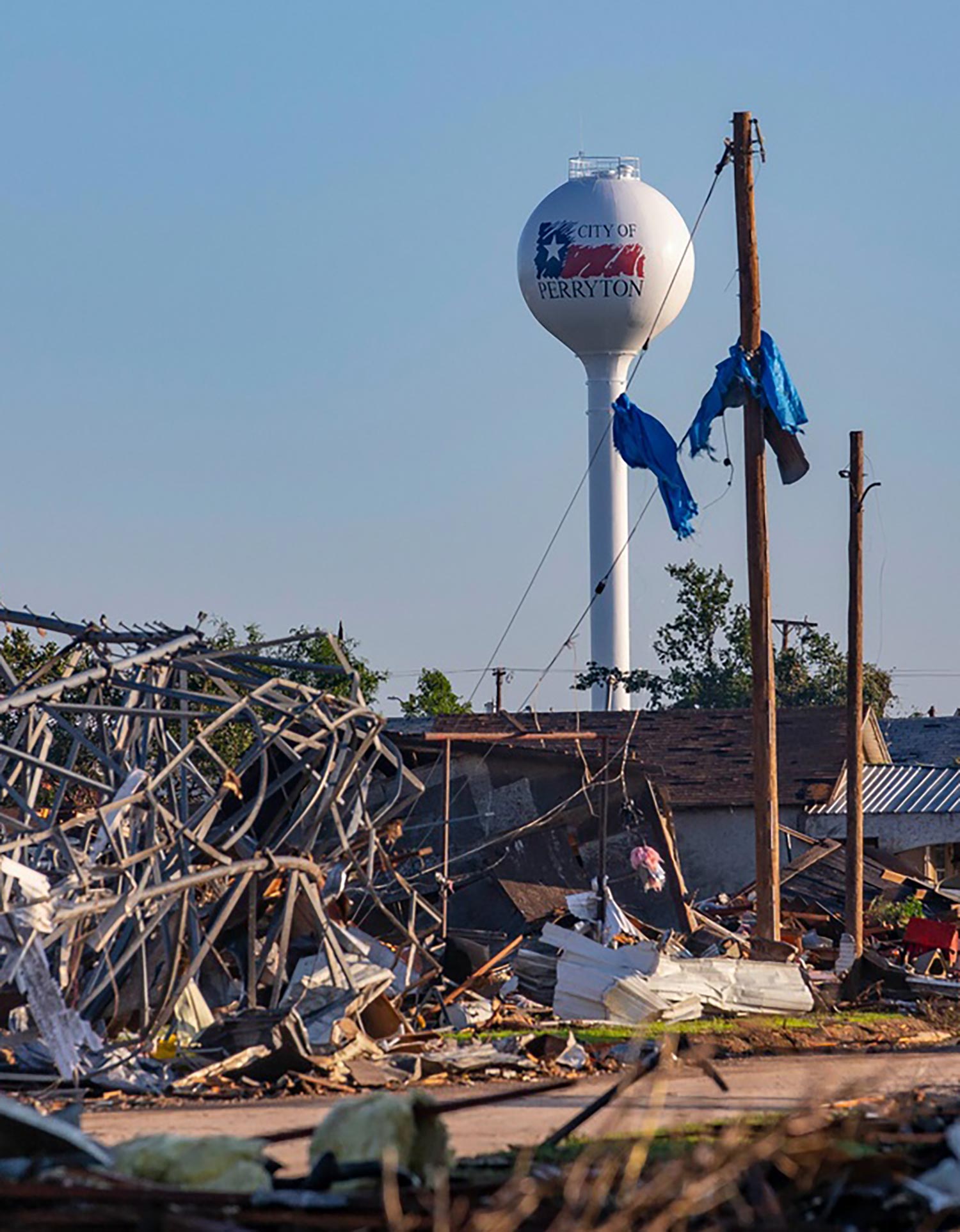
Member Voices: Triage in the Moment of Trauma
One of my favorite things about living in the Texas Panhandle is watching a storm build and roll in over the plains. The beauty of such a thing is hard to overstate. So, I found myself doing just that, watching the storm build as I drove.
Once I arrived at home, I positioned myself in the recliner to finish up a few notes from work. Then the lights began to flicker and finally went out completely. Wind in the Panhandle is nearly as common as the saying “y’all,” so having the lights shut off as a storm rolls in is nothing out of the ordinary. In fact, I found it a good excuse to take a nap.
The Walk On

Sports pharmacists ready to hit the field, earning their place on the team and demonstrating they’re ready to be in the game.


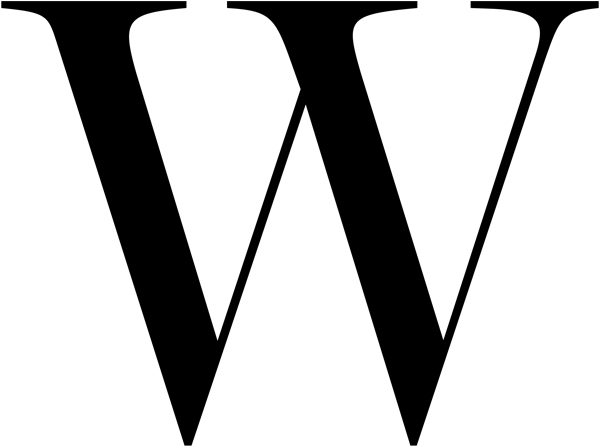
An athlete, by definition, is a person proficient in sports and other forms of physical exercise. Their specialty is the sport they play. As for the medical part, there’s a team for that. But is that team fully comprehensive?
To Athena Cannon, PharmD, (Pharmacy ’20), there’s one perspective missing. With a passion for the emerging field of sports pharmacy, the response she often hears is, “Athletes are healthy; they don’t take medications, therefore (pharmacists) don’t have a role in their care.”
“When we have myths that truly disregard athletes taking dietary supplements or athletes that are just like everybody else that (have) other chronic conditions (such as) paralympic athletes, we’re really excluding them from the interprofessional resources that we could be providing them,” Cannon says.
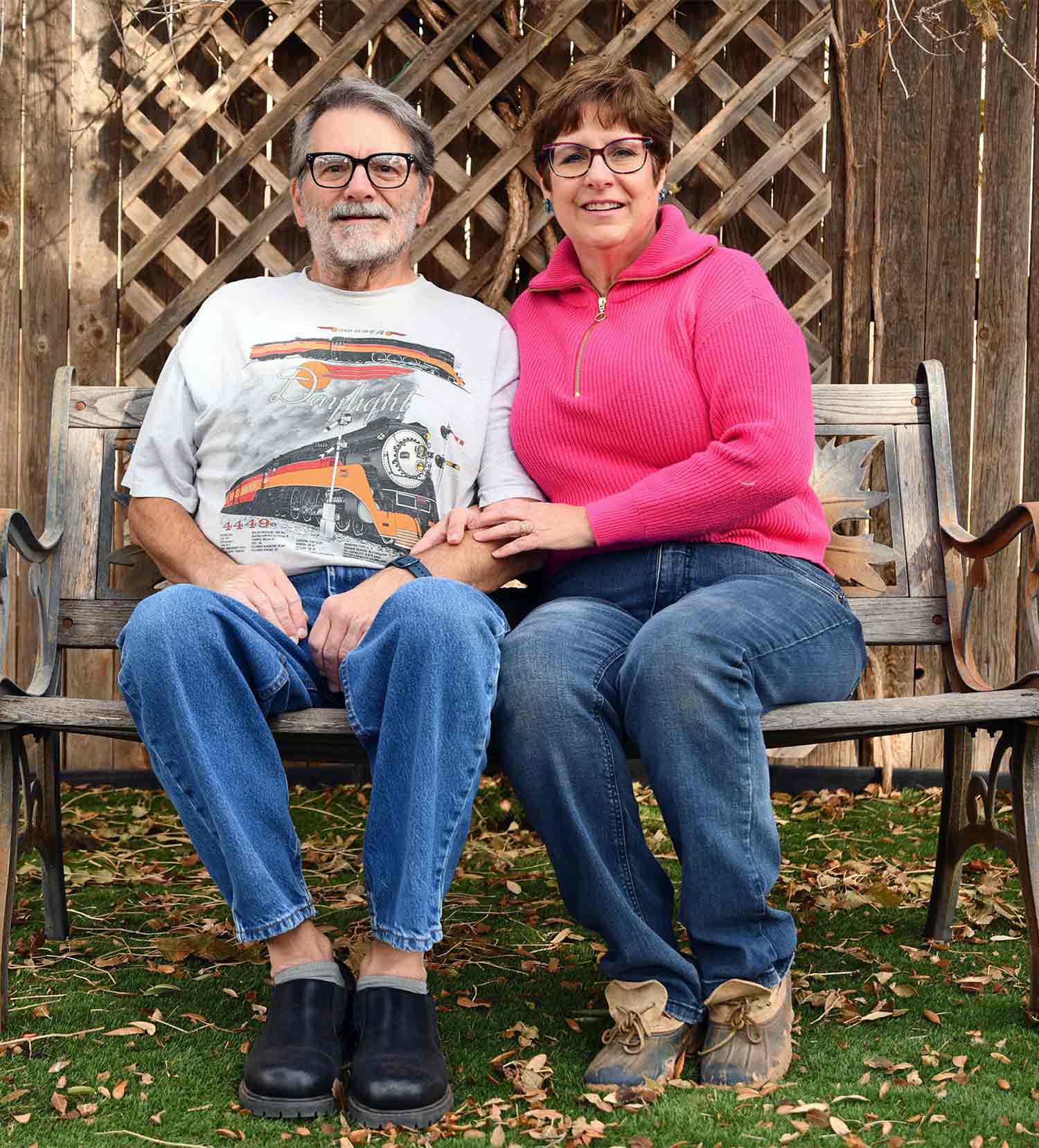
Lessons from ‘The Long Goodbye’
red flag warnings
The first signs of trouble came 10 years ago. Jim Bertrand, a 63-year-old engineering designer, was active and athletic, regularly enjoying hikes with his wife, Susan Bergeson, PhD. But then, says Bergeson, “he started face-planting.” He would trip and, inexplicably, not try to break his fall. It happened in a national park. It happened at work. More than once, Bergeson had to treat a bloody gash on her husband’s head.
“I thought, ‘That’s not normal,’” says Bergeson, a University Distinguished Professor in the School of Medicine Department of Cell Biology and Biochemistry. “So, I asked Dr. Edwards to give him the mini mental test.”
David Edwards, MD, (Medicine ’02), associate professor in the School of Medicine Department of Family and Community Medicine, was Bertrand’s primary care physician, and he administered the Mini Mental State Examination, a common tool for diagnosing cognitive impairment. Bertrand did well on some parts, but when prompted to remember the three words he had been told earlier in the test, he drew a blank.


A Tangible History Comes Home
Just four months after colleagues and friends Daniel Schwartz, MD, and Thelma Yamboa, MD, and seven other Amarillo residents tragically died in a plane crash in December 1987, taking off from Zaire, Africa, a vice president of High Plains Baptist Hospital encouraged Henderson to consider assuming Schwartz’s practice.
Treating Schwartz’s patients would not be the last moment of grief for Henderson, but it did become an opportunity to honor his friend. But how?
Over the years, Schwartz had received physician figurines from patients that he proudly displayed in his lobby. Ironically, Henderson had been collecting his own figurines. So, Henderson combined the collections and displayed them just as his colleague had done.
From 1988 to 2002, Henderson grew the collection to over 100 figurines. After leaving Amarillo to explore new opportunities in North Carolina, Henderson took the figurines with him. That is until retirement came, and he knew it was time to find them a permanent home. There was really only one place that felt right — the place where it all began.
“In giving the figurines to the TTUHSC Ob/Gyn department at the Amarillo campus, I wish to establish and maintain the history of the early department of Ob/Gyn,” Henderson explained. “The figurines are just a symbol of that and the gracious people, including my friends, who served there. I also wanted to honor those who gave those figurines to Dr. Schwartz and myself by bringing them back to Amarillo.
 Personalized Care
Personalized CareNow, That’s Personal
Everything around us is personalized, even the shoes we wear and the laces we pick. “Yet for some reason, when it comes to our health, the approach is based on fitting the individual within population-derived averages and a generalized ‘normal range,’ which has limitations when it comes to personalized health,” Pitka says.
Starting Optima Dx in 2022, Pitka, a laboratorian by practice, aims to redefine the view of health care and move from a diagnose and prescribe model to a predict and prevent model. Using an advanced biometric monitoring service, the company tracks essential biomarkers to create personal data and analyze how lifestyle impacts health.
Optima Dx supplements the care you receive, not replaces it. Typically, the doctor is the gatekeeper of your data, says Pitka, and what you know is what they tell you. By adding OptimaDx to your care plan, you can enter your annual checkup equipped with data showing your health encounters during the past year.
This approach is an effort to place patients in full control of their health. Pitka wants to skip the catch-all phrases like “work out and eat right” because he recognizes this looks different for individuals based on their goals.
“When I look at personalized medicine, it really is from an angle of what do I want my body to be able to do?” Pitka wants to teach you what your body needs to achieve your goals, empowering you with information.
“Just because you’re not sick doesn’t mean you’re healthy. Just because I’m not broke doesn’t mean I’m rich. Health is an incredibly personal endeavor, which requires you to be an actively informed and engaged participant and not another item on your to-do list,” Pitka says.

optima Dx predict and Prevent model

analysis results are ready in under 15 minutes.
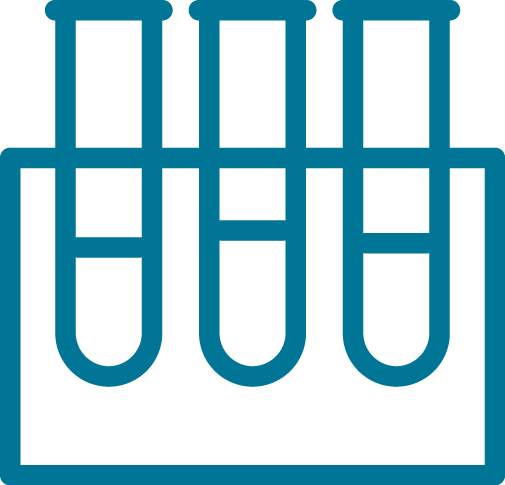

 Head of State
Head of State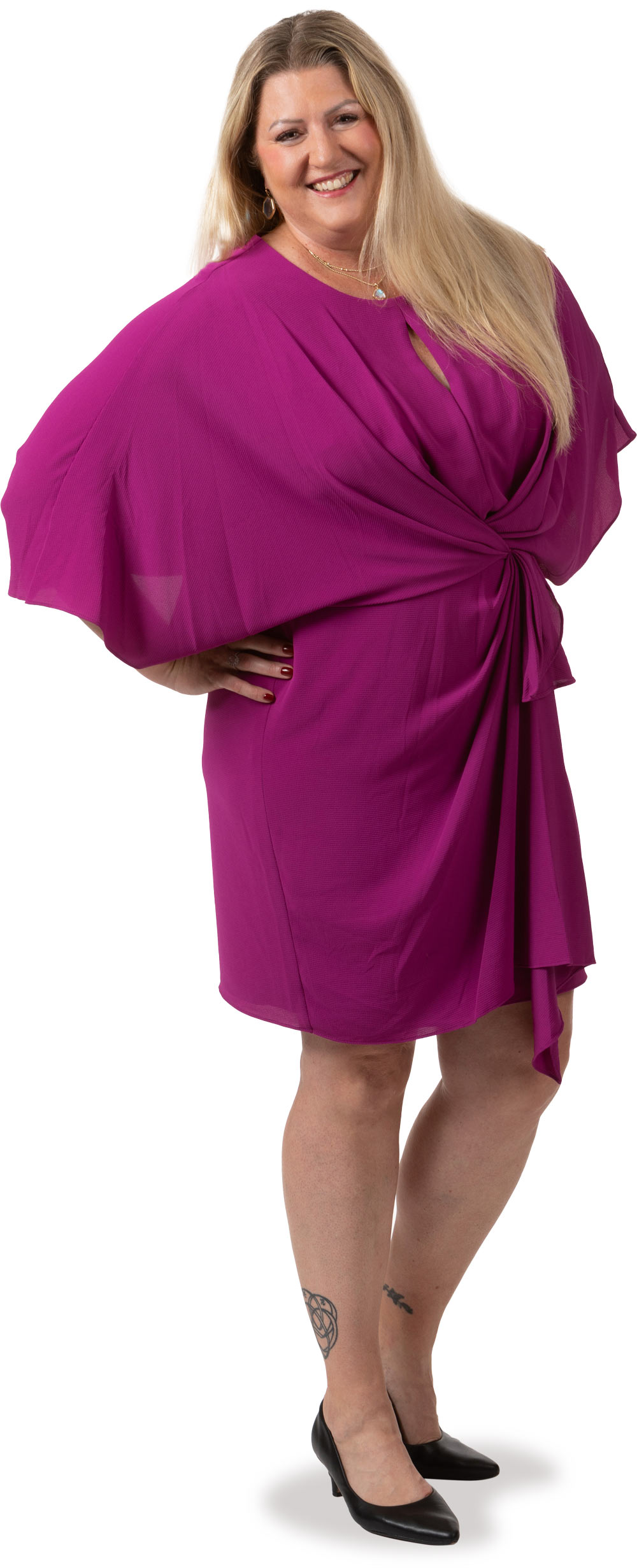
A ‘50,000-foot view’
“Our professor’s philosophy was if you don’t want someone else making decisions on how you practice nursing in this state, then you need to be a member of this organization,” Bumpus says.
She can confidently say it was some of the best advice she’d ever been given, but she didn’t join the organization to one day lead it. Or did she?
While she struggled with an uncertain path during her doctorate program, Bumpus was confident in one thing — she wanted to create a greater impact in nursing. Her final project focused on researching policy and the peer review process for Texas nurses.
In 2020, she became the practice director at TNA — and then COVID-19 changed everything. “I had the 50,000-foot view of what was going on, what our nurses were experiencing and how to work with our stakeholders and legislators to help nurses get through that time.”
After working separately from TNA, the CEO position at TNA opened, and Bumpus knew the timing was right for her to step forward. “With the significant challenges we currently face in health care, I knew this was my time to step in and lead. It’s everything I could have imagined and then some.”
Her words perfectly describe what she faces in this current health care climate. The industry, according to Bumpus, is experiencing one of the most significant nursing shortages in history. So the CEO and her team, including some fellow TTUHSC alumni, are rolling up their sleeves. “Putting our minds together as a team and within our board of directors, leveraging the education we received at TTUHSC, is a lot of fun to watch come into action. There is a lot of work ahead to transform nursing and health care in general. I am grateful for the education I received at TTUHSC that prepared me to lead through these challenging times.”
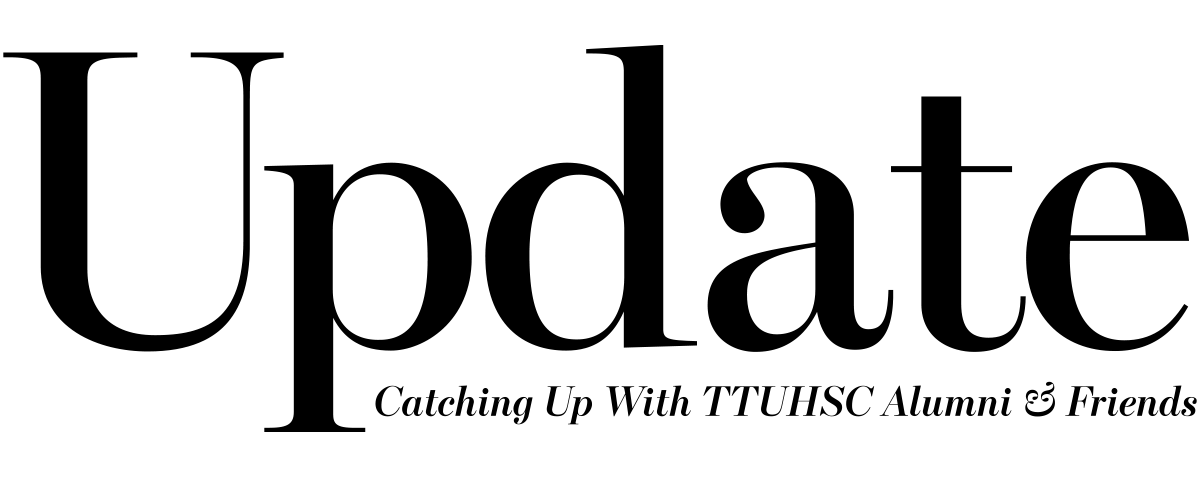
Update Catching Up With TTUHSC Alumni & Friends
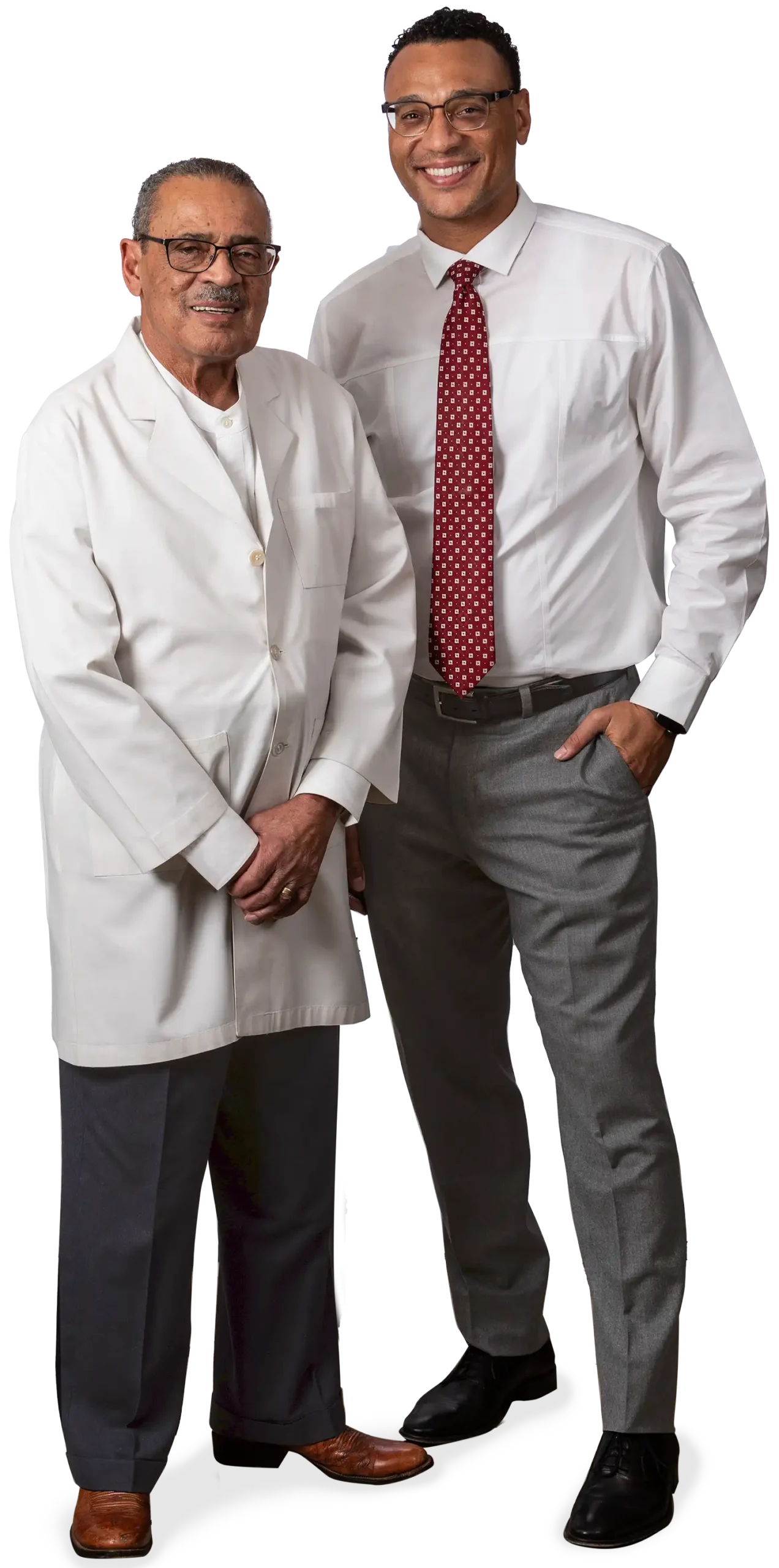
Damon Hill, MD
Joshua Hill, MD
Medicine Graduates: 1979, 2014
ALL IN THE FAMILY
The atmosphere of the clinic mimics home as Joshua yells down the hall, “Dad!” to Damon Hill, MD, (‘79). To practice alongside his father is a privilege and one Joshua wasn’t sure was in the cards for them. After all, he followed in his father’s footsteps with a passion to care for others. Now, the two navigate new waters as father and son turned business partners.
Coming from two different eras of medicine, the clinic is their classroom. Joshua learns the art of care from his father by taking time with patients. Damon reviews the advancements in medicine, and the help with technology is pretty good for him, too.
Overall, reflecting on his years in medicine, Damon has one collective thought as he stares into space, thinking out loud – “I’m so proud of my son.”
— Alessandra Singh
 Alumni Profiles
Alumni ProfilesBonnie Dugie,
PharmD, MBA, FTSHP
Pharmacy Graduate: 2000
Moving on Up
She’s climbed to great heights in her career, too. What began as a job in retail and mail-order pharmacy has led to a senior leadership position with Maxor National Pharmacy Services. In her role, Dugie uses her expertise from behind the counter to open new pharmacies across the country. “The company has grown, and I’ve grown with it,” Dugie said. “I try to help others to grow, too. I think that’s the beauty of it.”
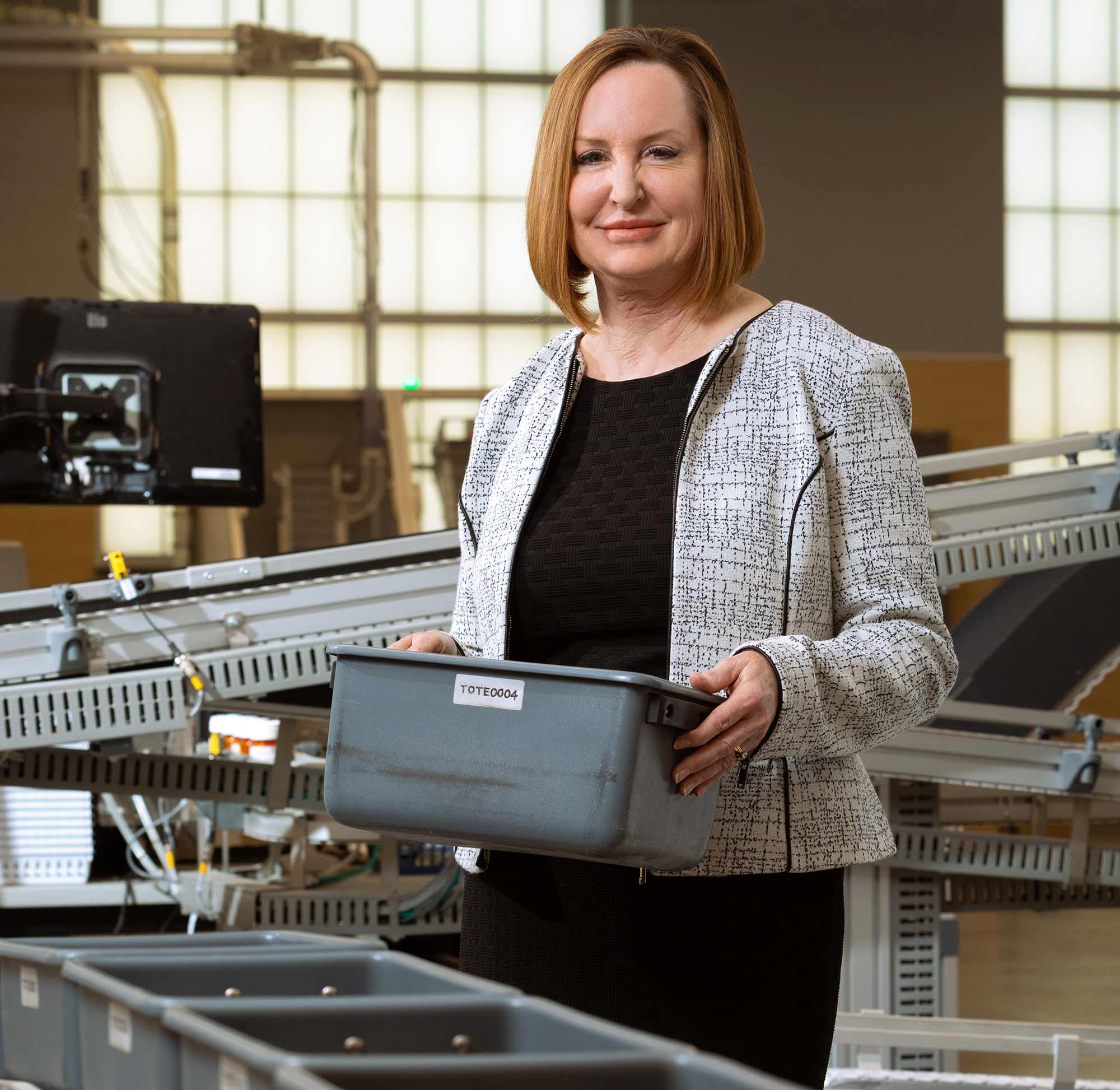
“What I love about my job is each pharmacy has its own flavor,” she said. “I love developing people and programs and helping everybody be their best. That’s kind of what makes me tick.” — Holly Leger
 Alumni Profiles
Alumni ProfilesBrinda Dass, PhD
POLICY LEAD FOR GENECONVENE
Biomedical Sciences Graduate: 2001
‘More Than Meets the Eye’
With bachelor’s and master’s degrees in zoology, Dass’ path to becoming a senior technical expert for the Foundation for the National Institutes of Health working on malaria control and elimination in Sub-Saharan Africa has been both unexpected yet somehow predestined. “I’ve always been interested in ecosystems, human well-being, animal well-being and disease control — that’s what I like to work on.”
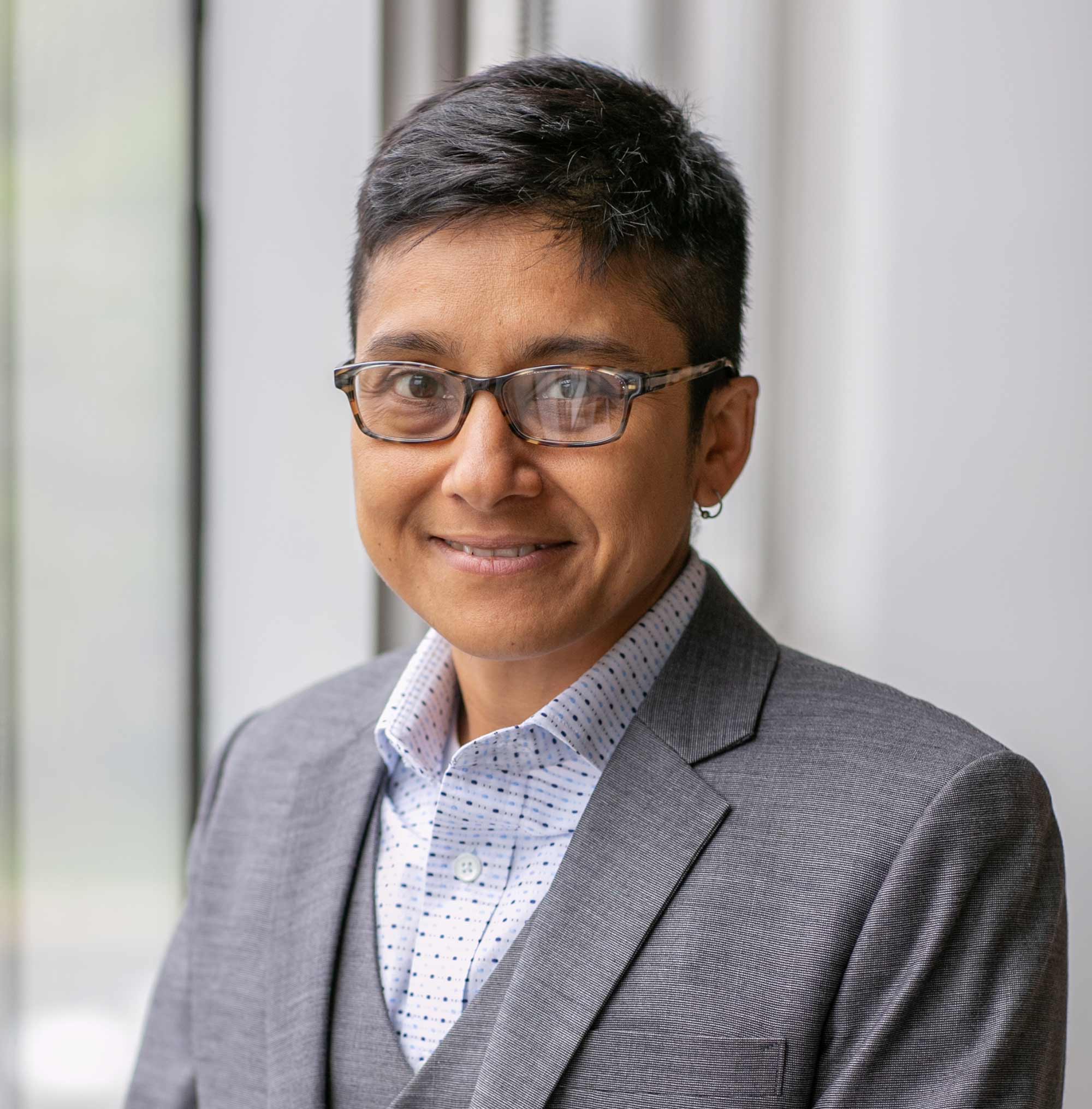
– Sarah Sales
Update Alumni Profiles
Alumni Profiles
Julie Hubik, AuD
Health Professions Graduate: 2005, 2001
lifelong passion becomes profession
From a young age, Hubik was intrigued by the idea of becoming a connector for those who struggled to interact with the outside world. She observed people such as F.J. through her adolescence and, later, her college roommate battling hearing loss, ultimately growing her into an advocate to support those experiencing it.
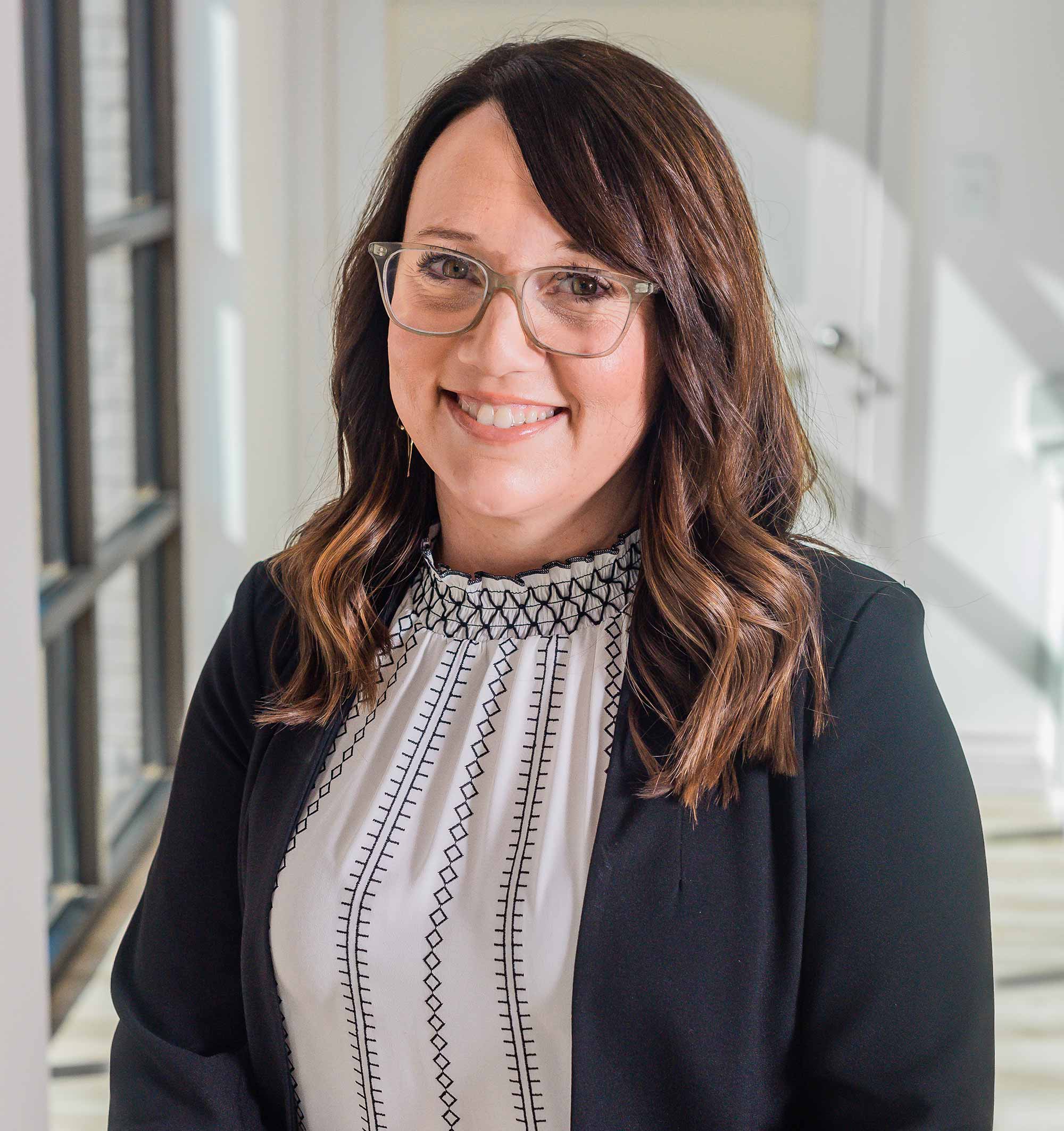
“I am still as passionate about hearing as I was all those years ago!”
– Sarah Sales
Update Alumni Profiles
Alumni Profiles
Richard Musonera,
MSN, APRN, FNP-BC
Nursing Graduate: 2013
Impacting a Community
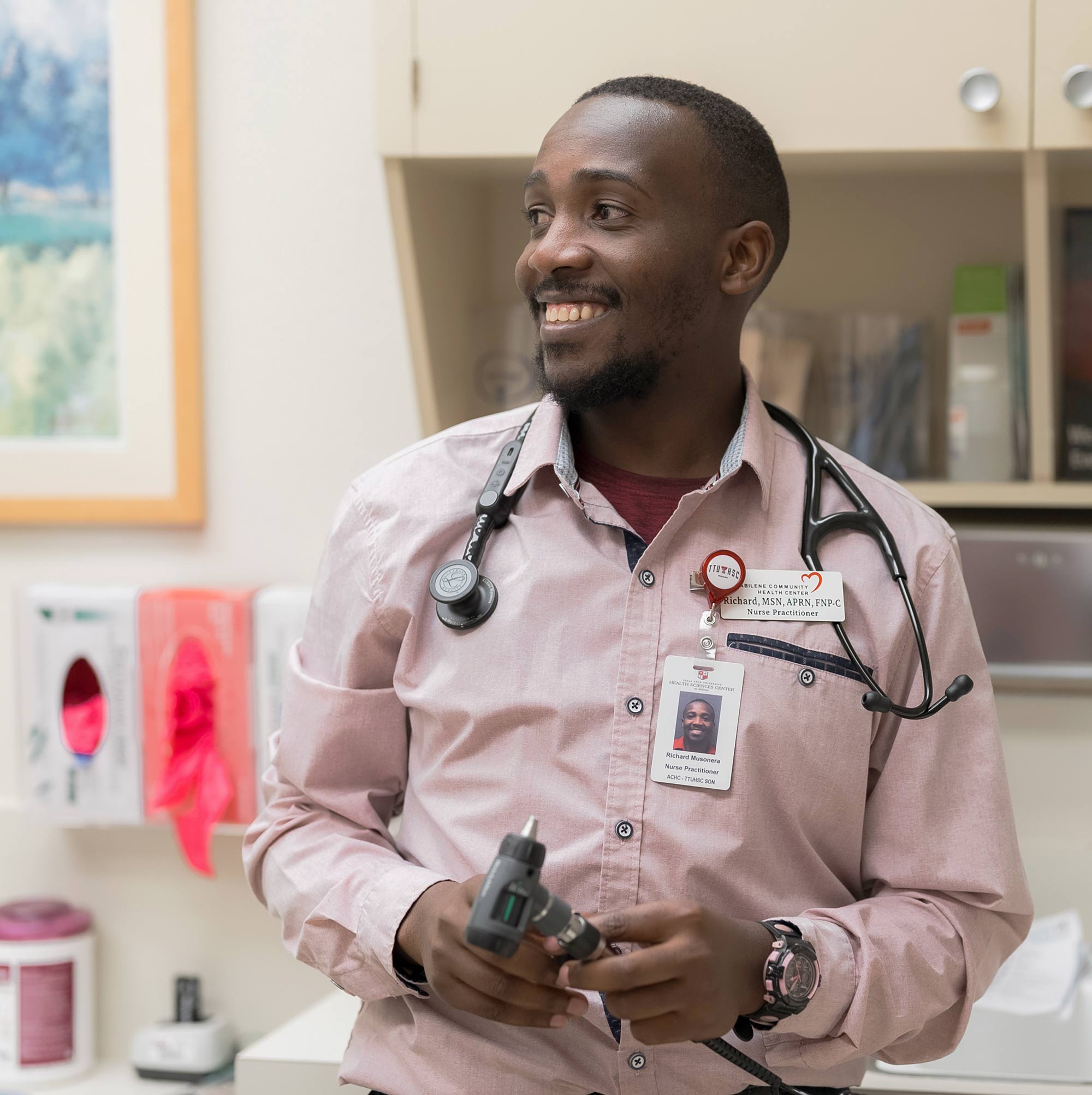
Musonera hopes to stay in Abilene and even continue his education to expand care for his patients struggling with mental health.
– Sarah Sales
 Alumni Profiles
Alumni ProfilesJennifer Lezama-Sierra, MPH
Population and Public Health Graduate: 2023
An Ounce of Prevention
Jennifer Lezama-Sierra, MPH, discovered hers when her mom passed away from complications related to sleep apnea, knowing medical care might have prevented the disorder. Her loss led to Lezama-Sierra’s career in health care prevention.
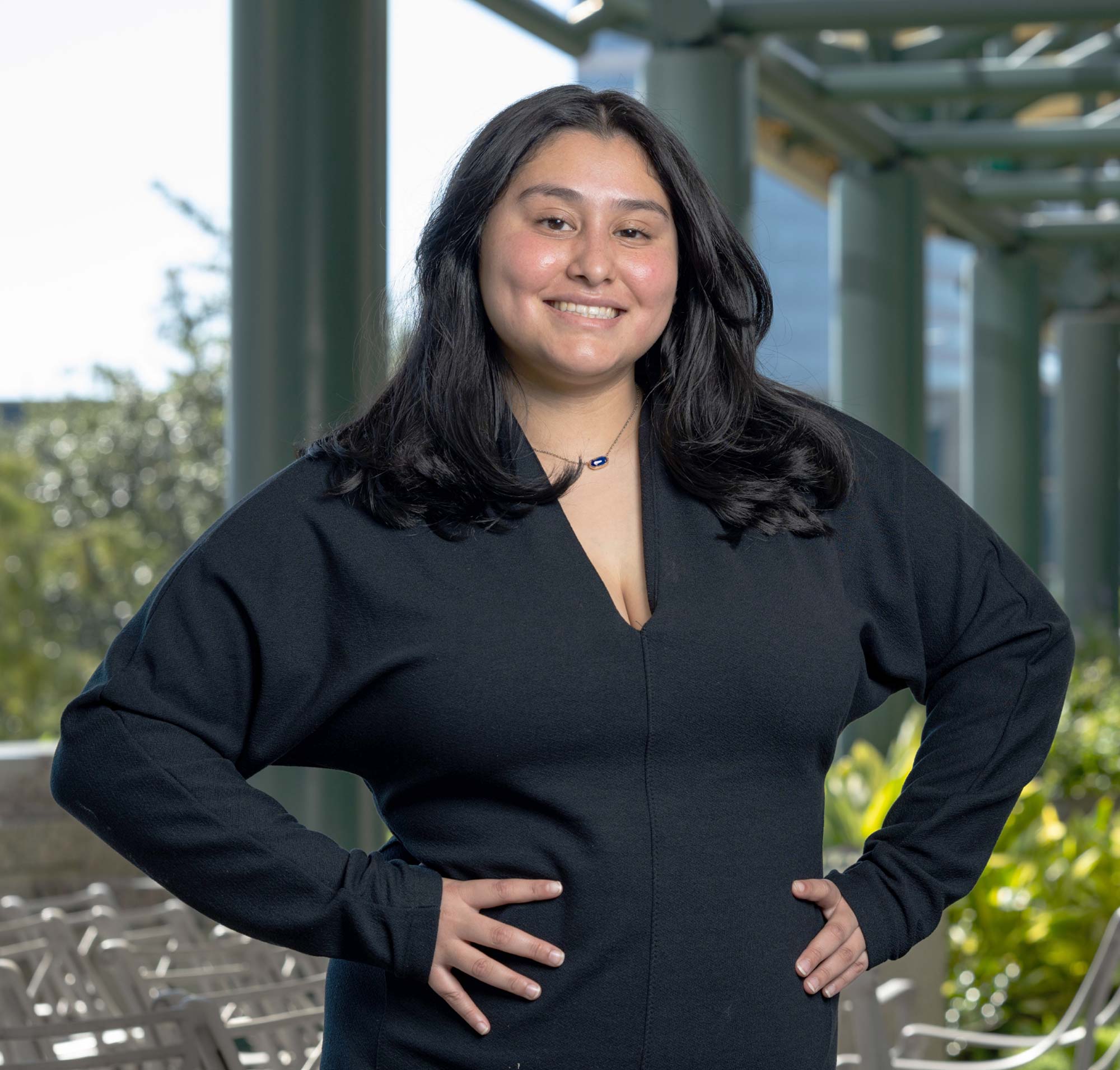
Lezama-Sierra is part of a team focused on increasing awareness for cervical cancer screenings, specifically in populations that will be less likely to have access to a clinic for a pap test.
Sometimes, to understand these problems, Lezama-Sierra said, you don’t just need to ask the right questions on a survey; you also have to really listen to the answers. — Danette Baker
 News & Notes
News & Notes
School of Medicine
Awad Alyami, MD, (Resident ’23) is a pediatrician at OSF HealthCare in Danville, Illinois.
- Sue S. Bornstein, MD, MACP, (‘92) receives Texas Academy of Family Physicians’ 2023 Presidential Award of Merit.
- Cheyene Bownds, MD, (Resident ’23, ’20) joins Covenant Health as a pediatrician.
- Leopoldo Cabrera, MD, FAAP, (’96) joins Campbell County Medical Group Kid Clinic in Gillette, Wyoming.

Jerry H. Hodge School of Pharmacy
Jennifer Bulin, PharmD, (’20) is a specialty pharmacy senior manager at Essentia Health in Superior, Wisconsin.
- Katherine Casias, PharmD, (’19) joins Maxor National Pharmacy Services as a prior authorization pharmacist.
- Sarah Casselberry, PharmD, RPh, (’23) is an inpatient pharmacist at University Medical Center in Lubbock, Texas.

Friends We’ll Miss
- David Curtis, MD, PhD (’18, and Biomedical Sciences’16) died April 18, 2023.
- Kathy Gilbreath died Sept. 27, 2023. She was a member of the Texas Tech Foundation, a friend of TTUHSC Lubbock, and the Texas Tech System, serving on two endowment campaigns.
- Janice Henry died June 14, 2023. She was a nurse, a friend of TTUHSC, and was married to the late Charles E. Henry, EdD, founding faculty member of the School of Medicine.
- Holly Stewart Hester, MD (Medicine ’94) died June 15, 2023.
- James Ratliff “Buzz” Hurt died Nov. 2, 2023. He was a friend of TTUHSC Odessa with his wife, Betsy Triplett Hurt.
- Janie Robles, PharmD, AE-C (Pharmacy ’03) died Aug. 16, 2023.
- Patricia Willborn (Health Professions ’59) died Aug. 15, 2023.
- Gary Ventolini, MD died June 20, 2023. He served as the TTUHSC School of Medicine regional dean at the Permian Basin for 12 years.

